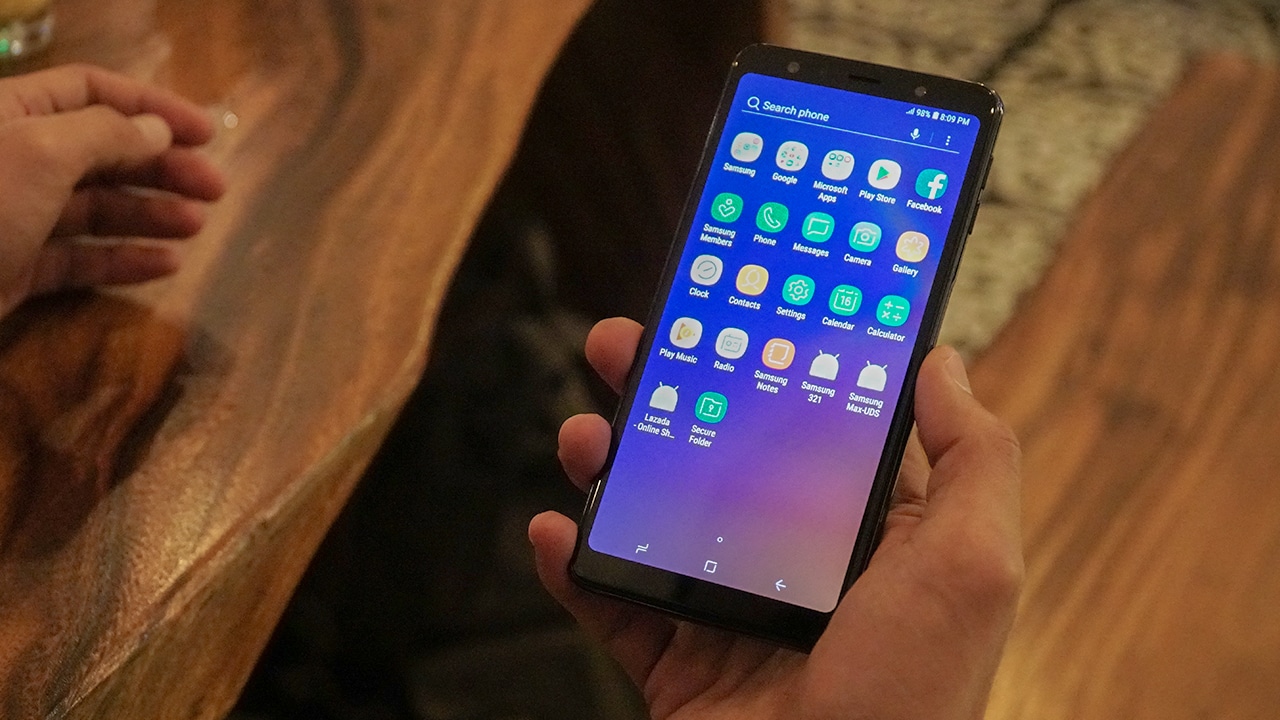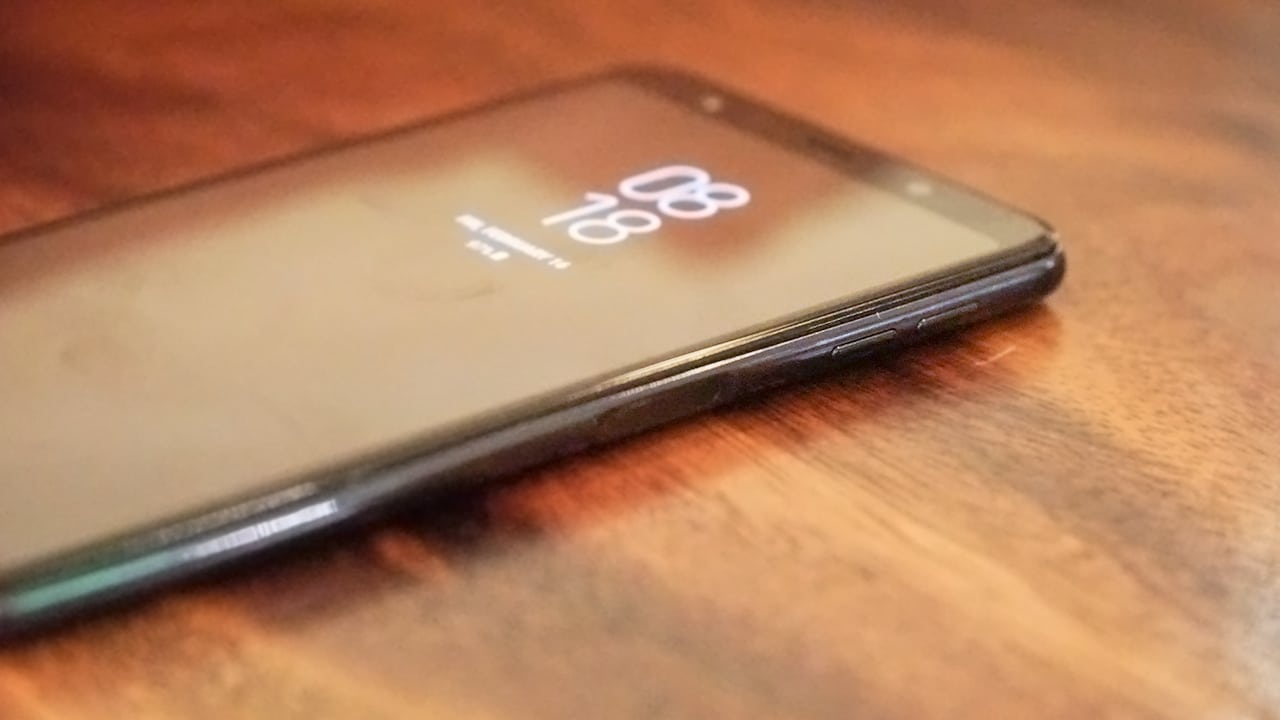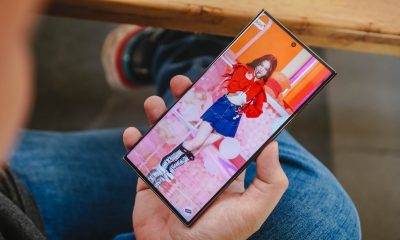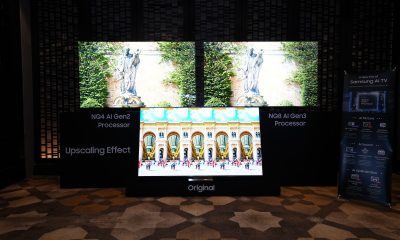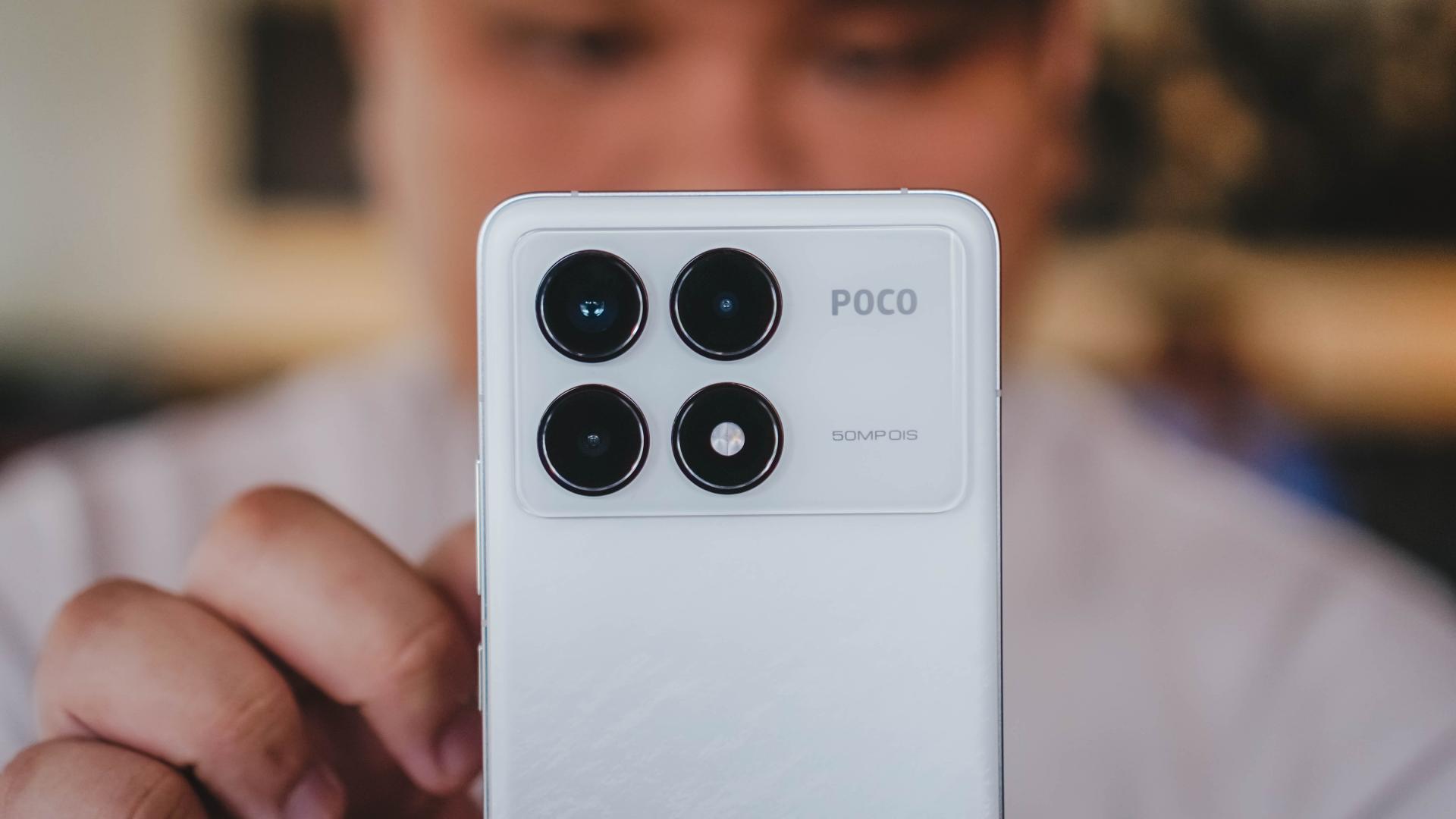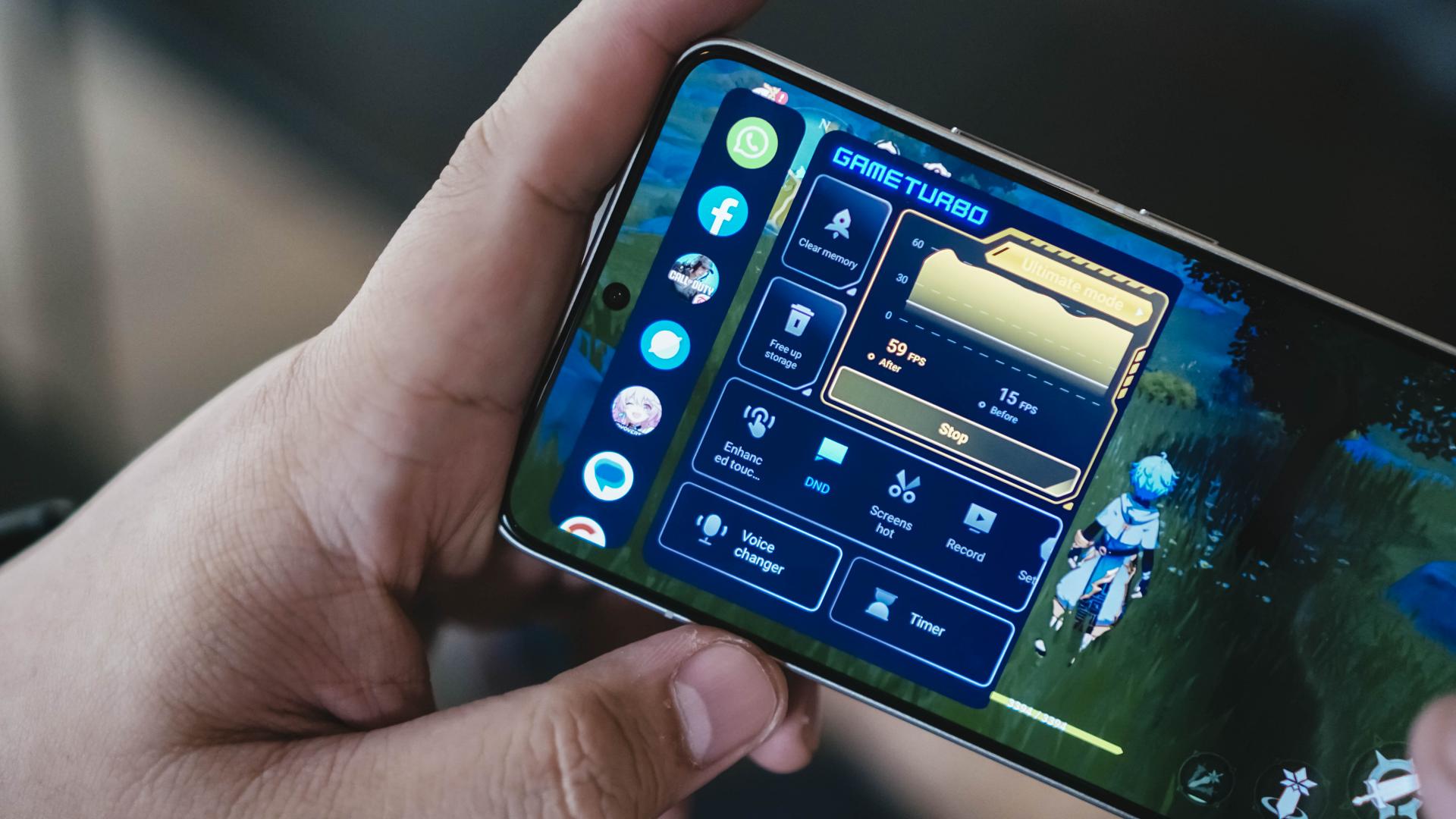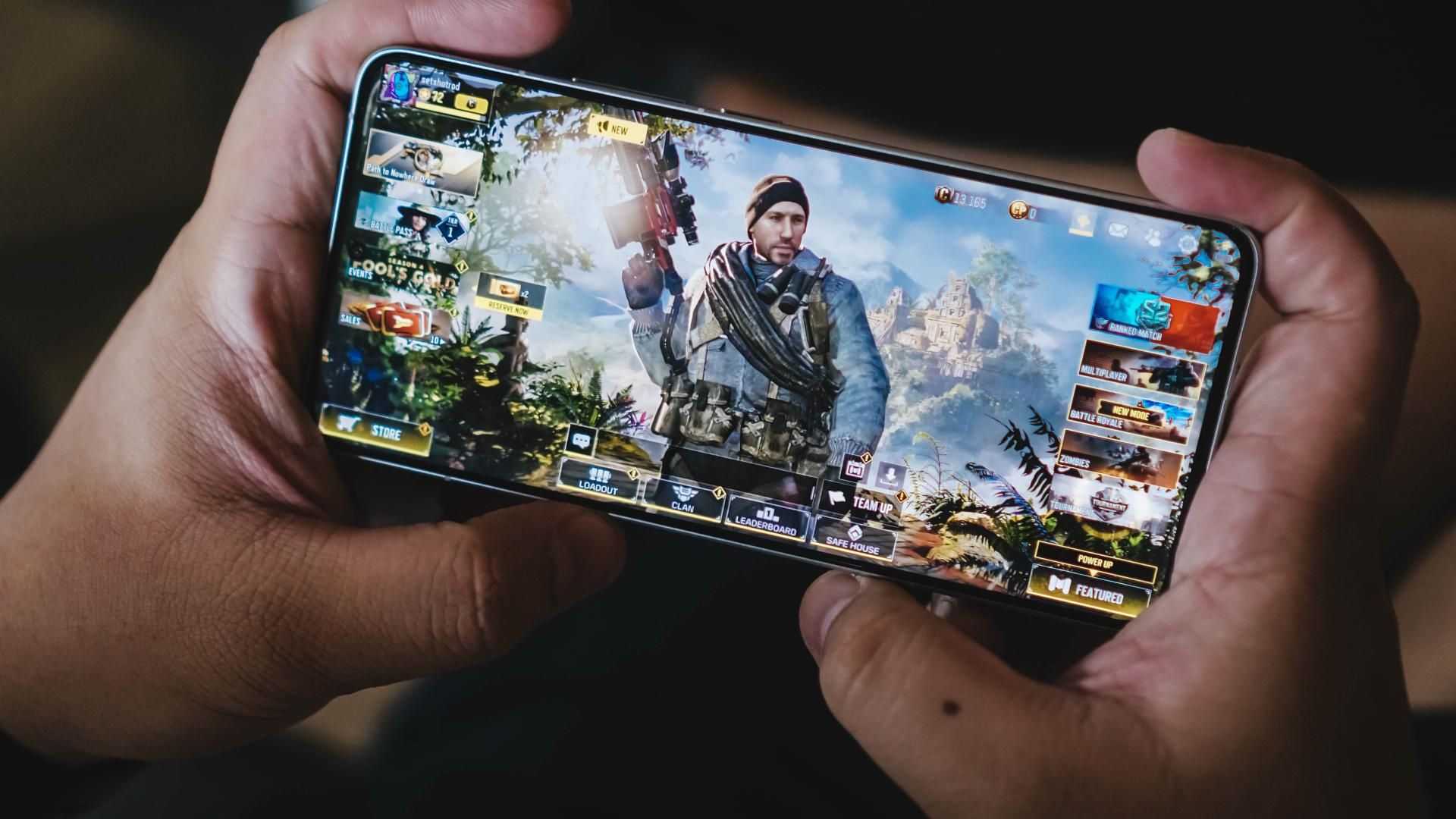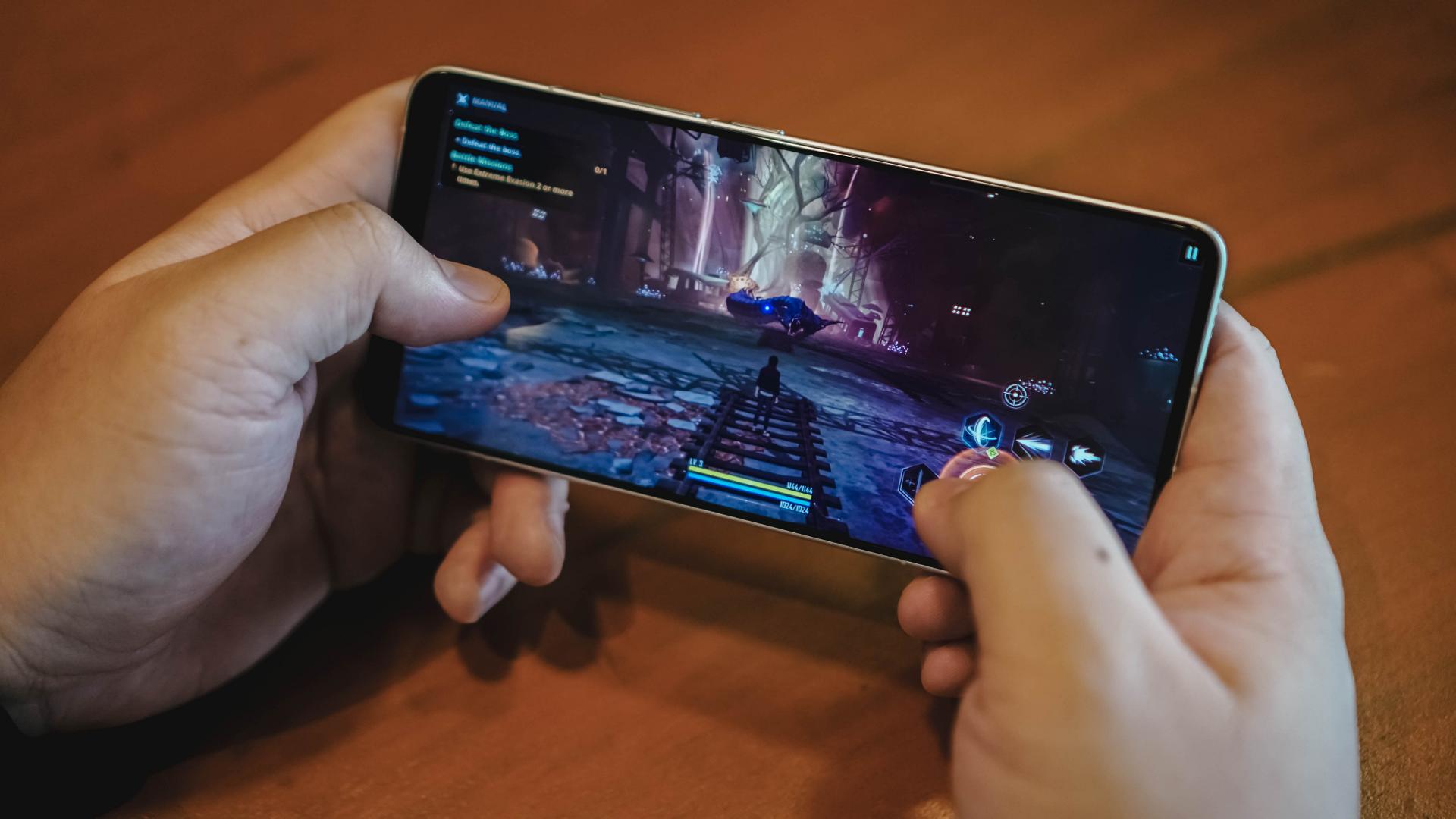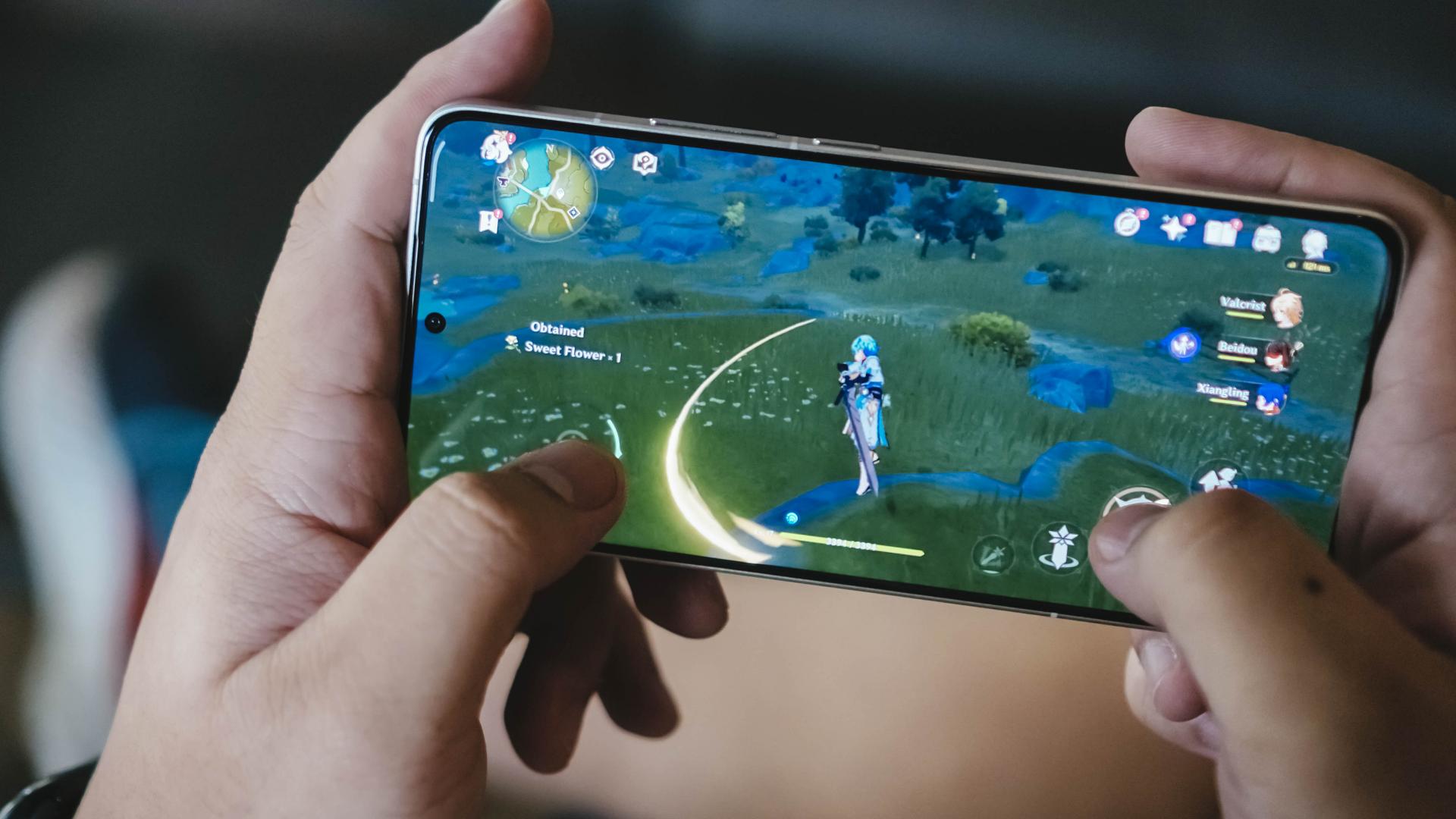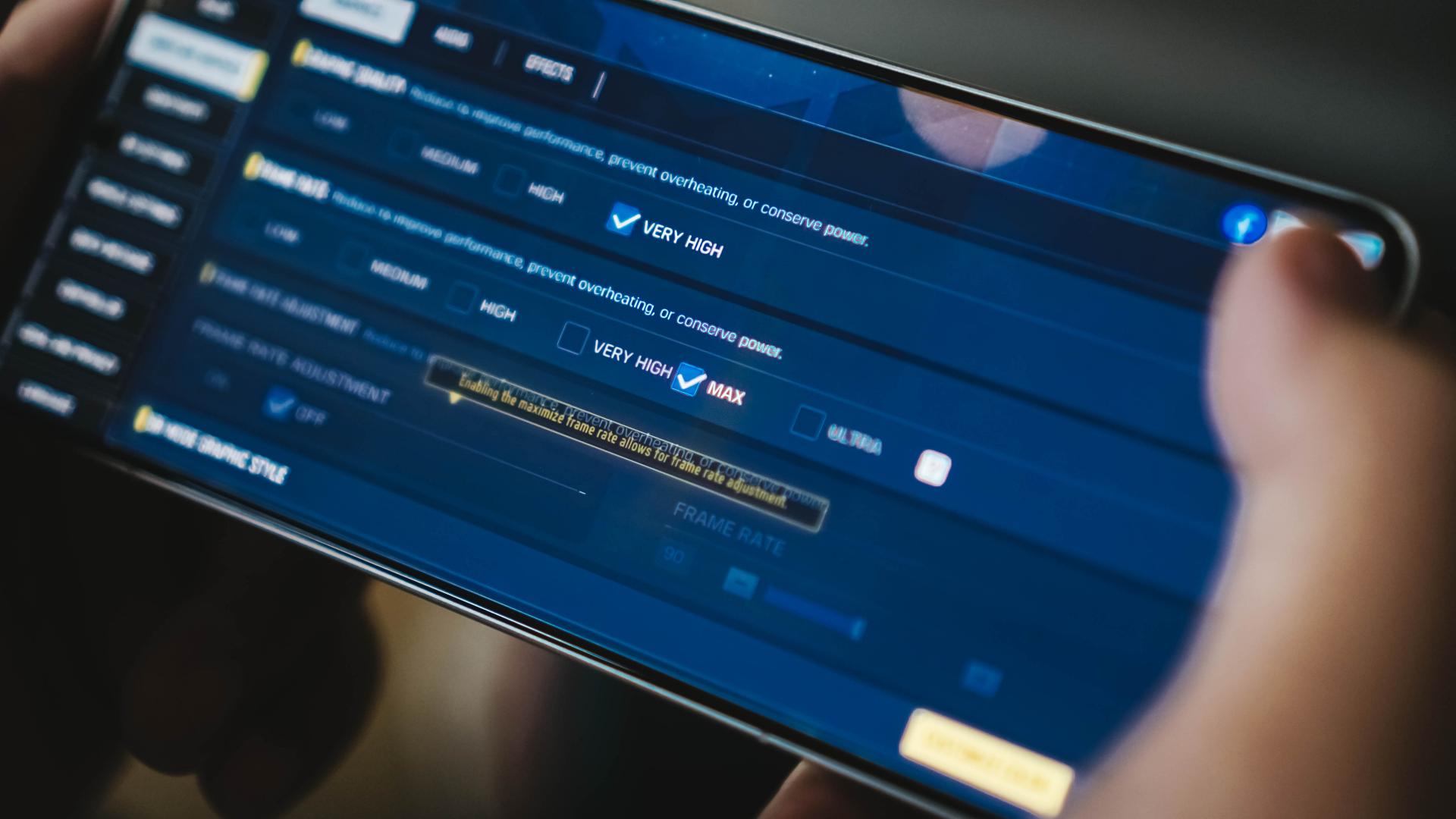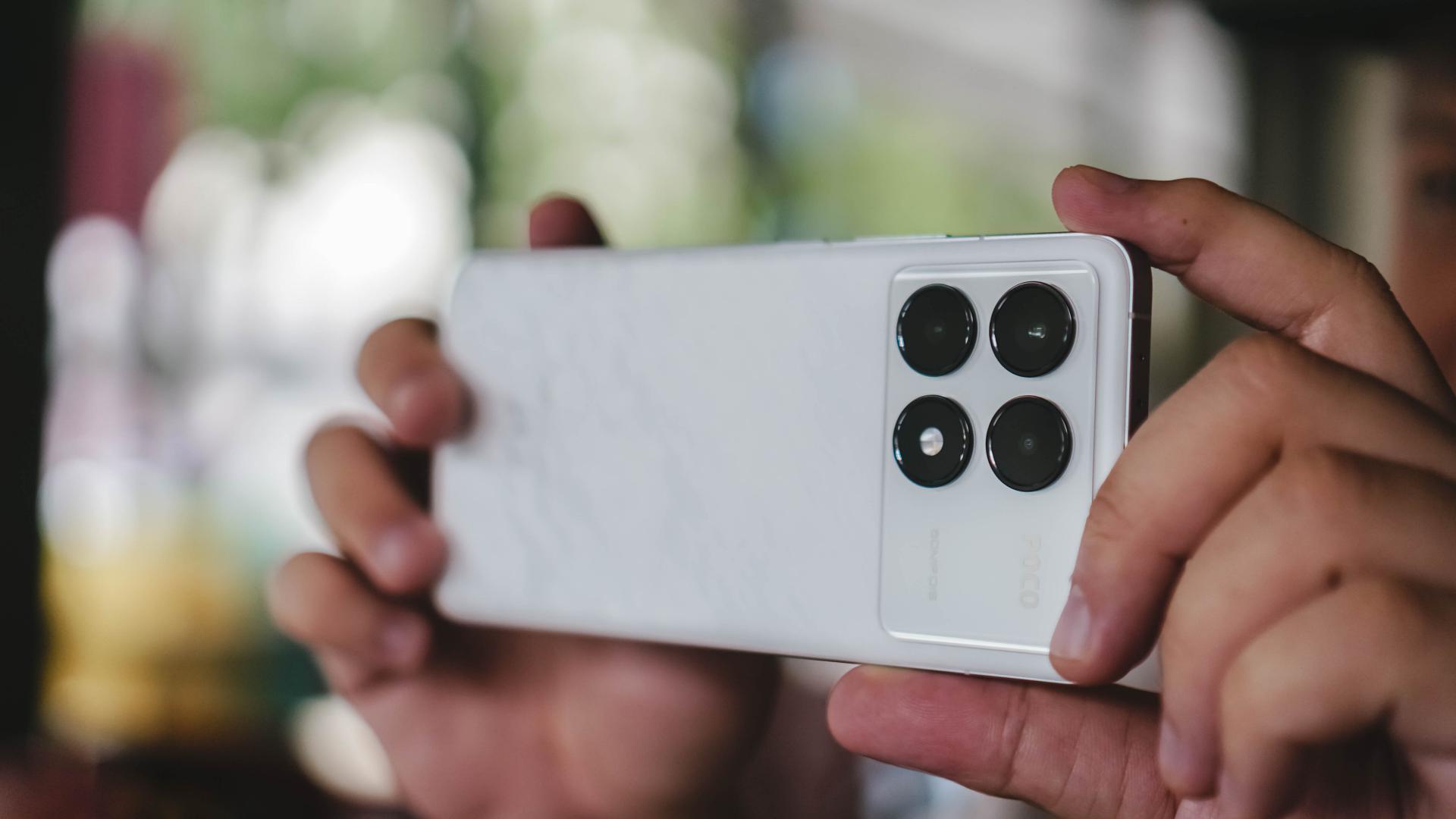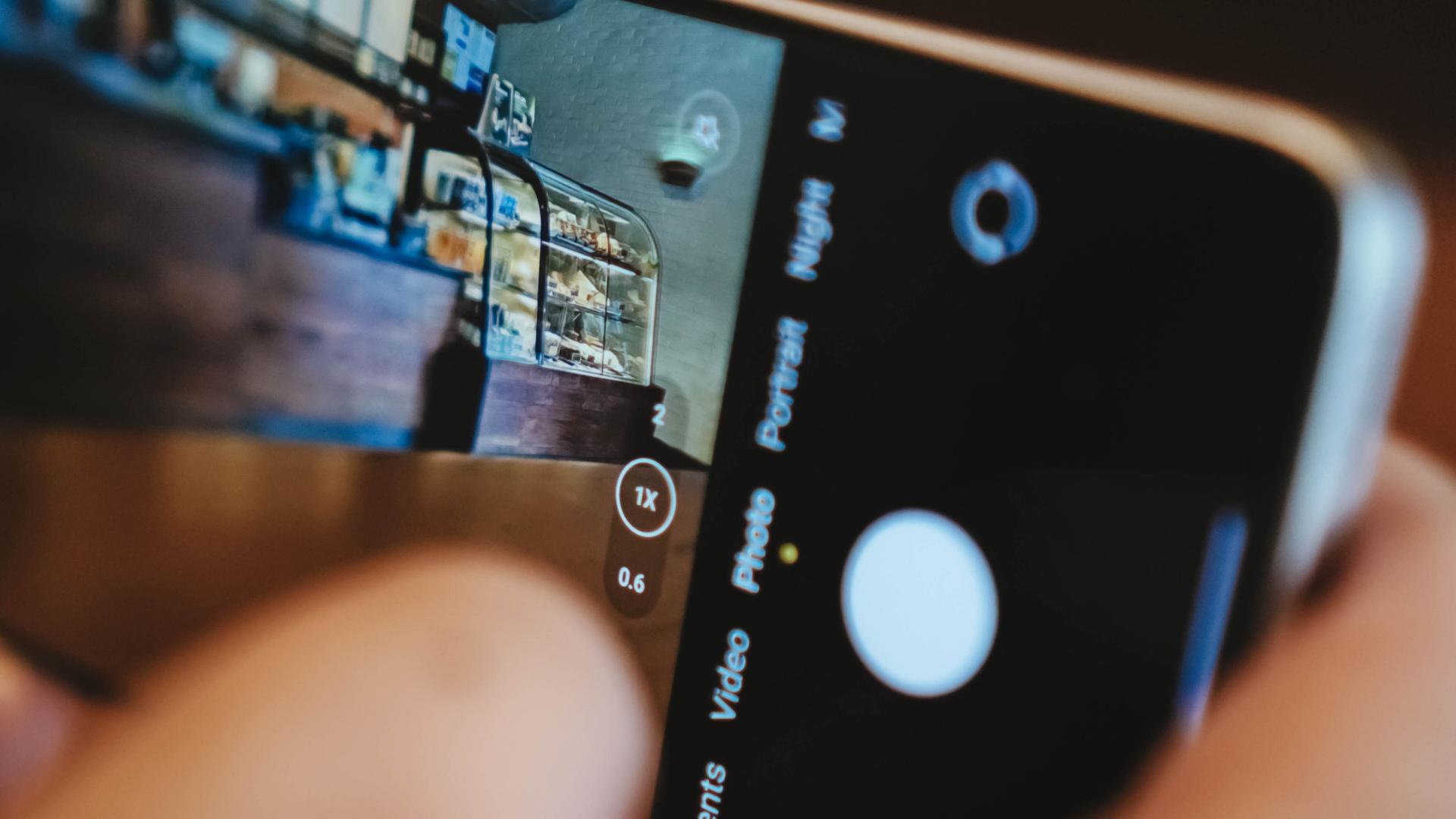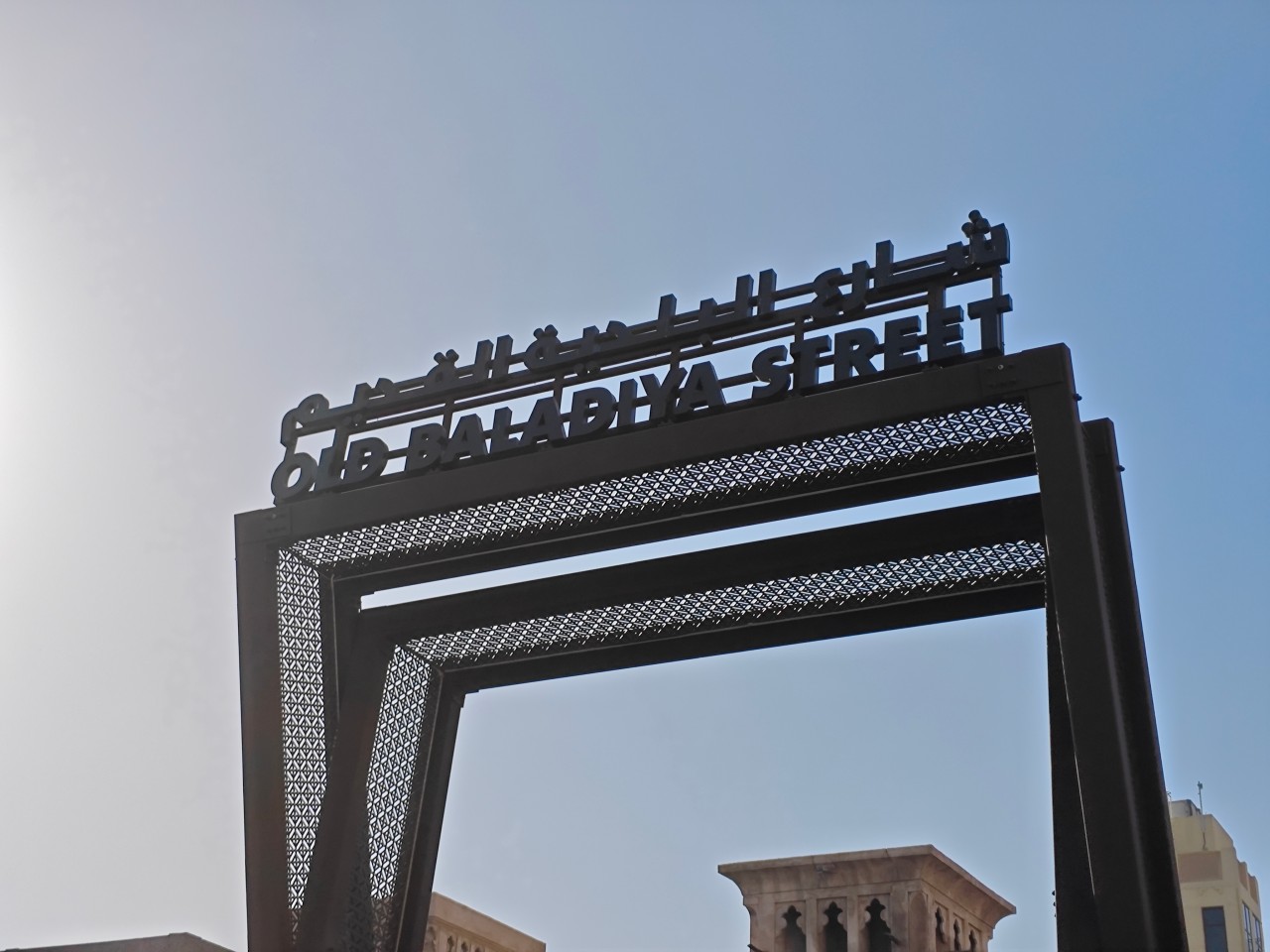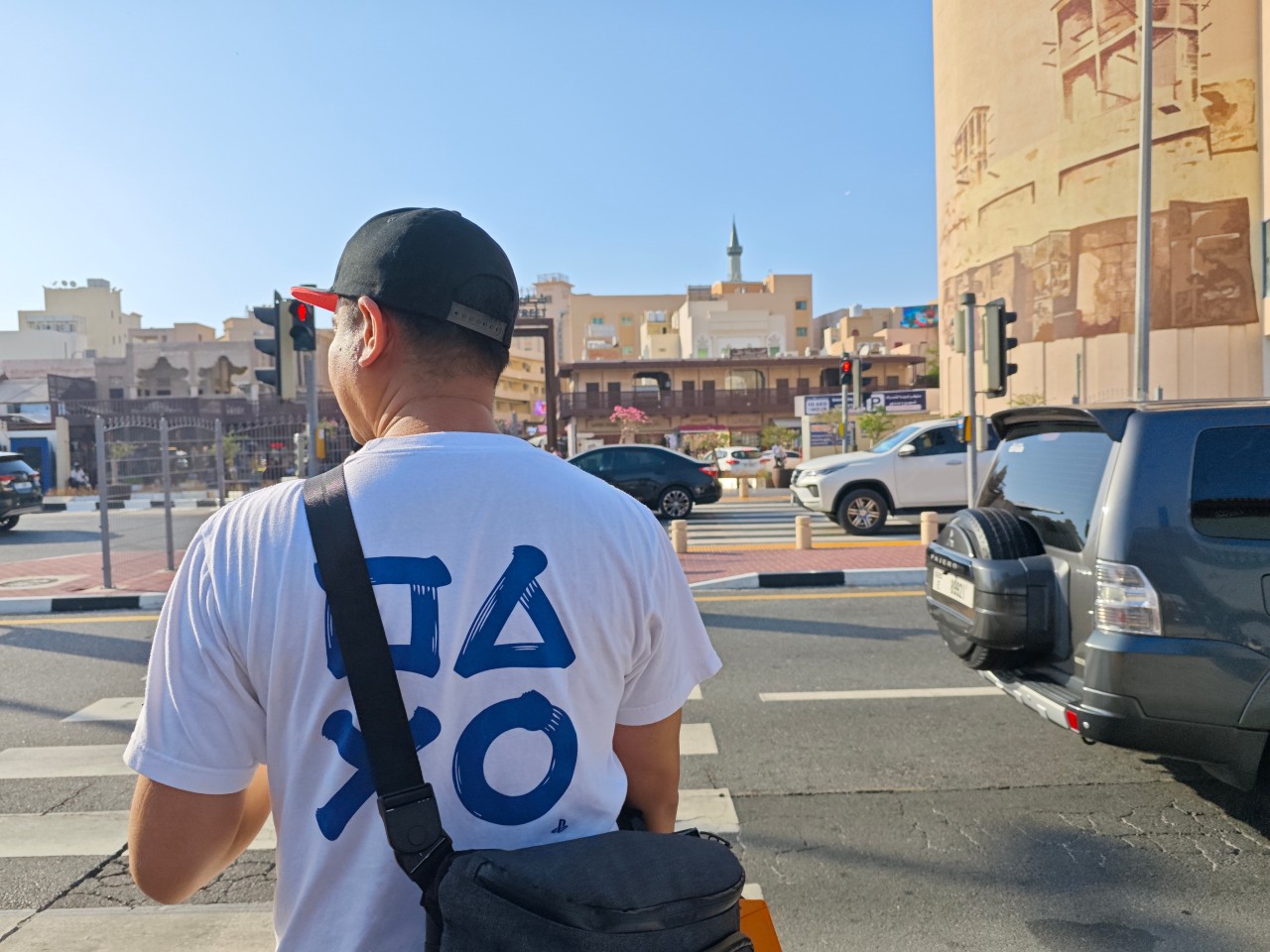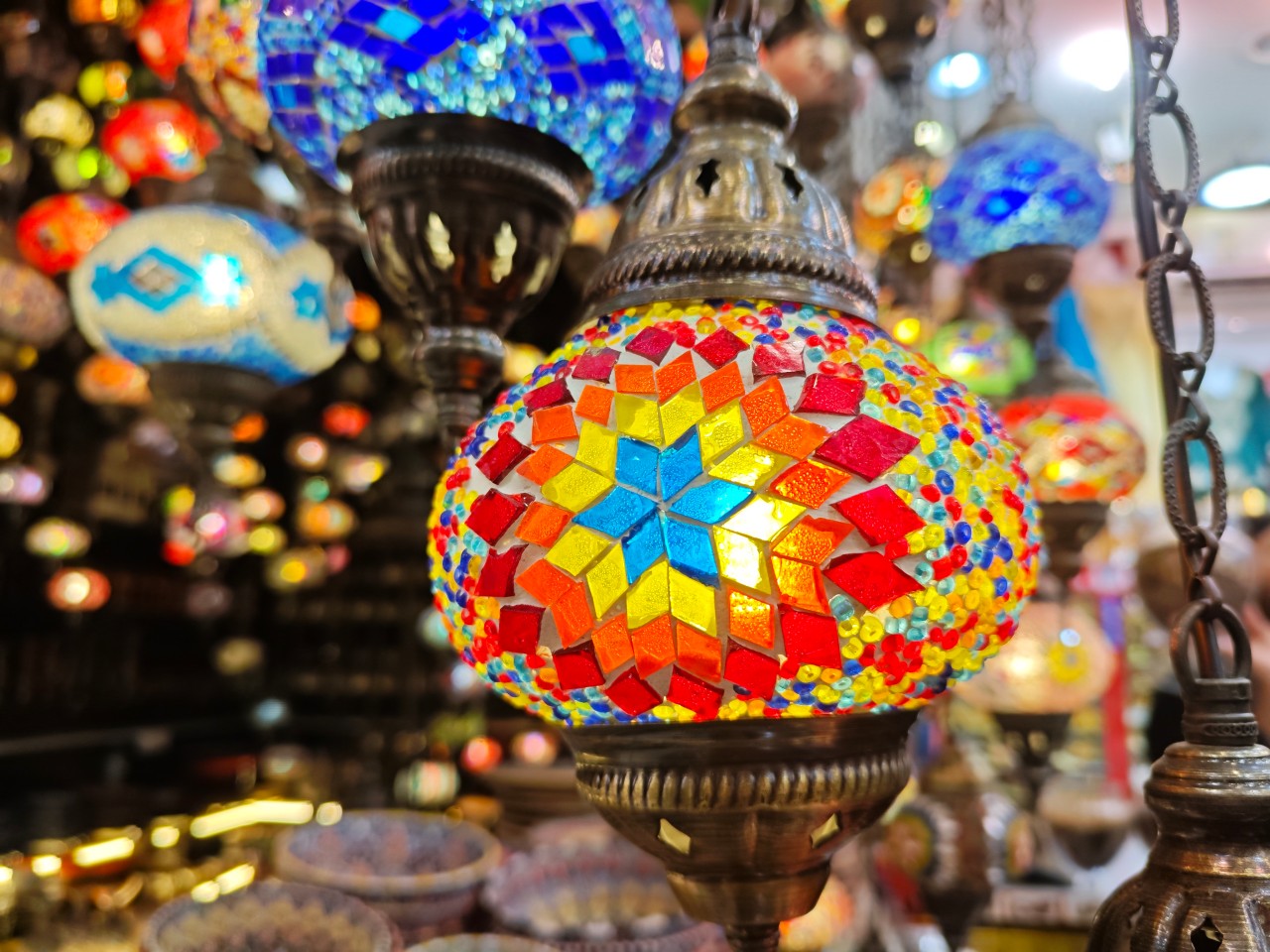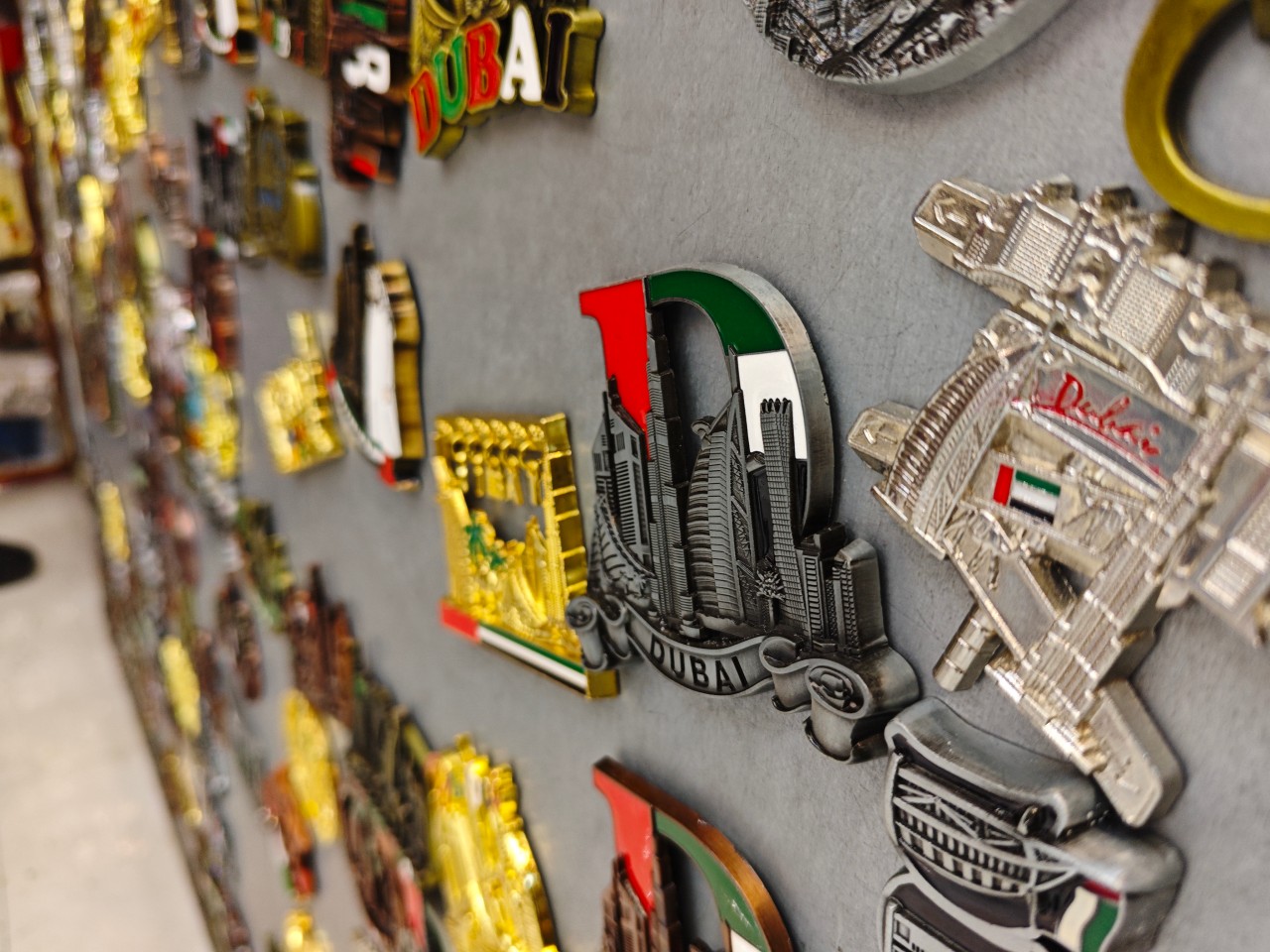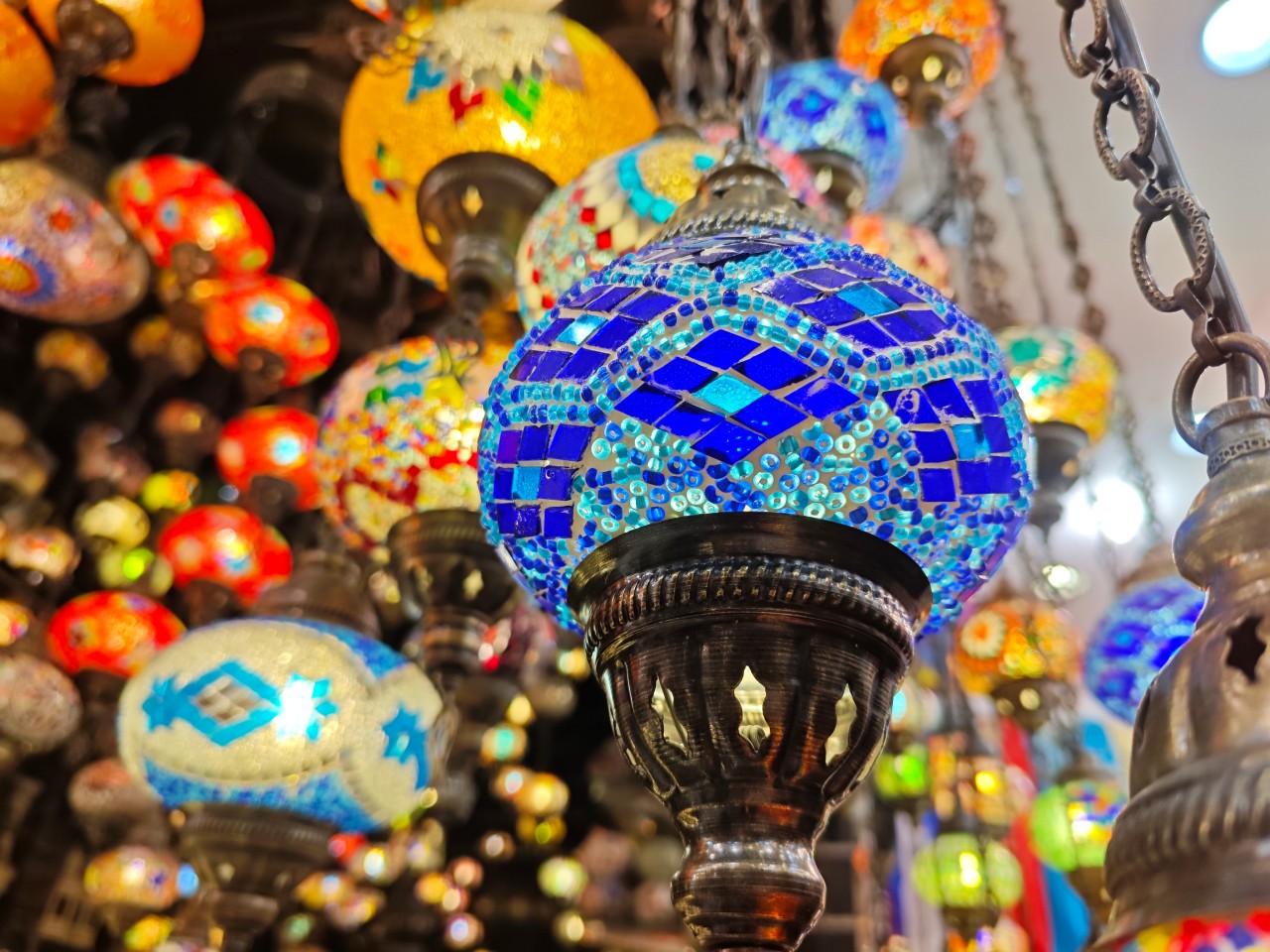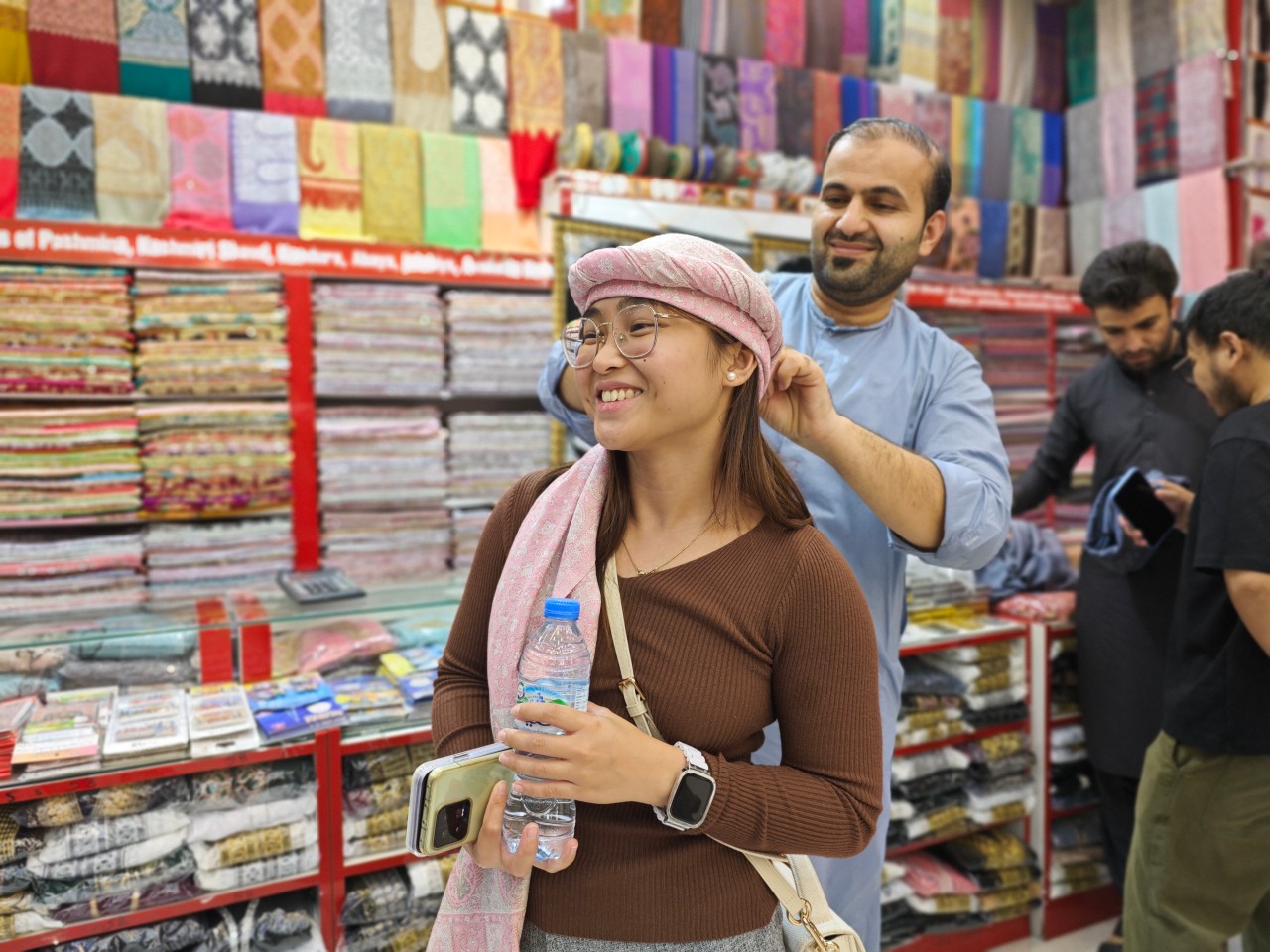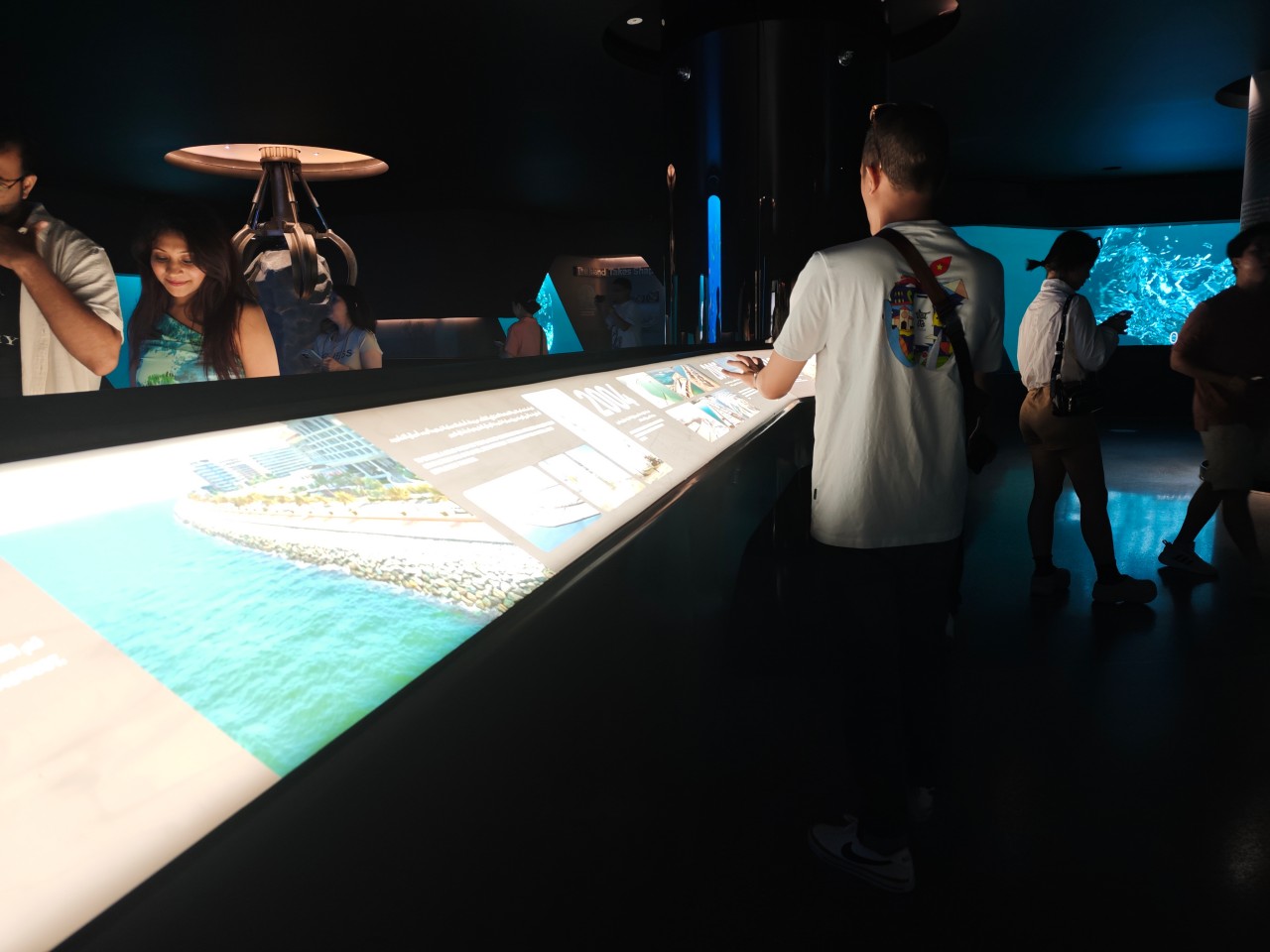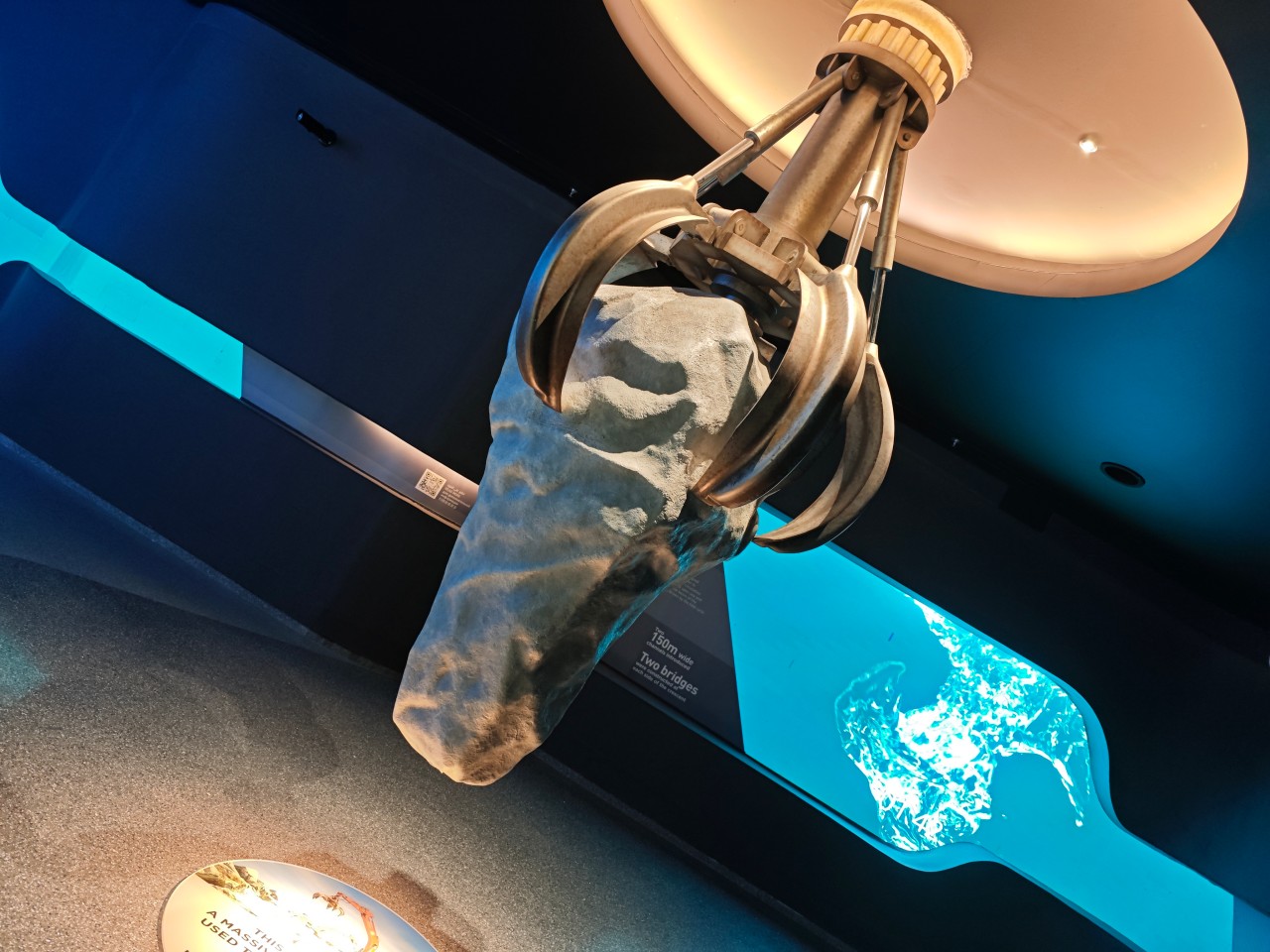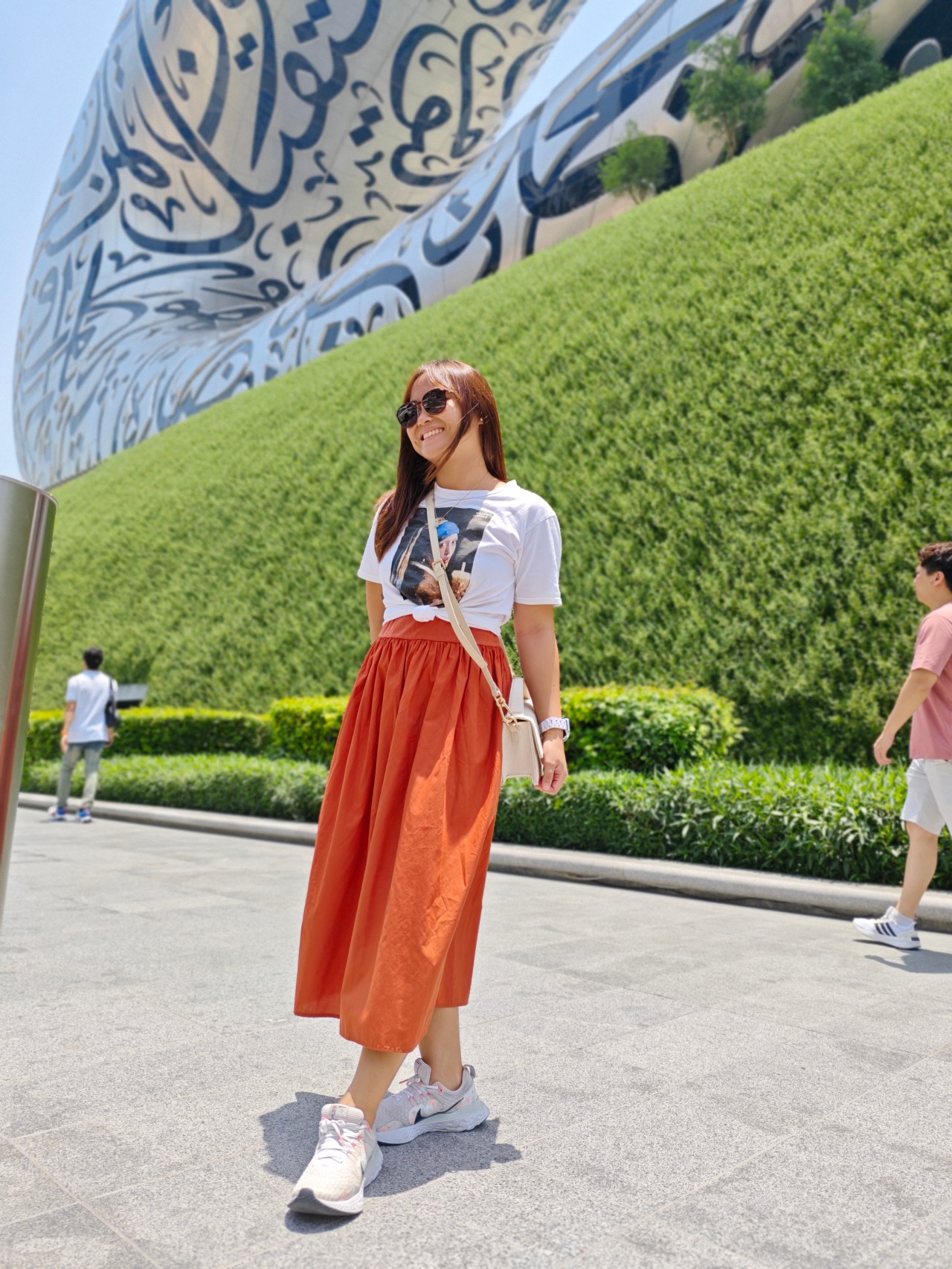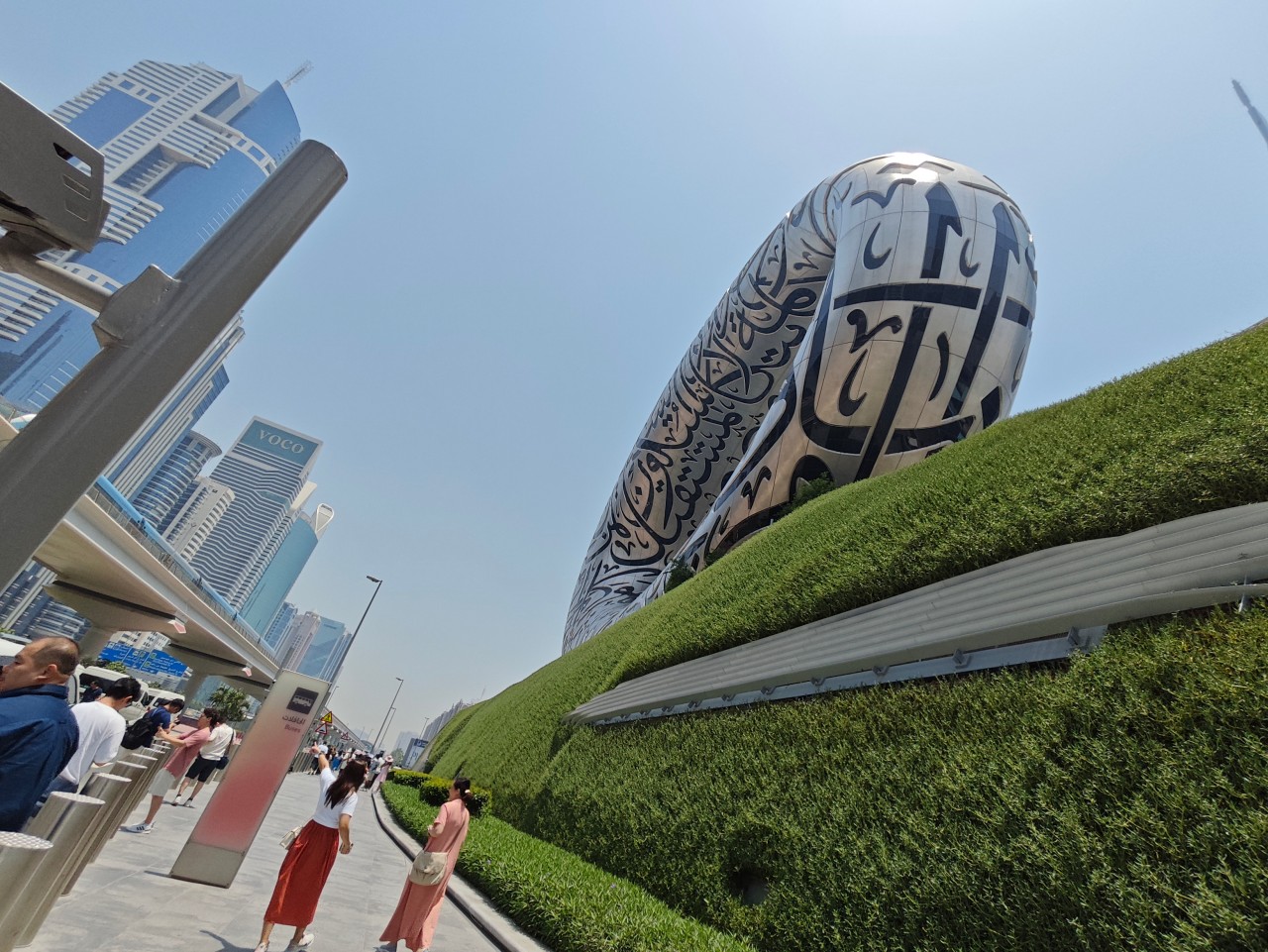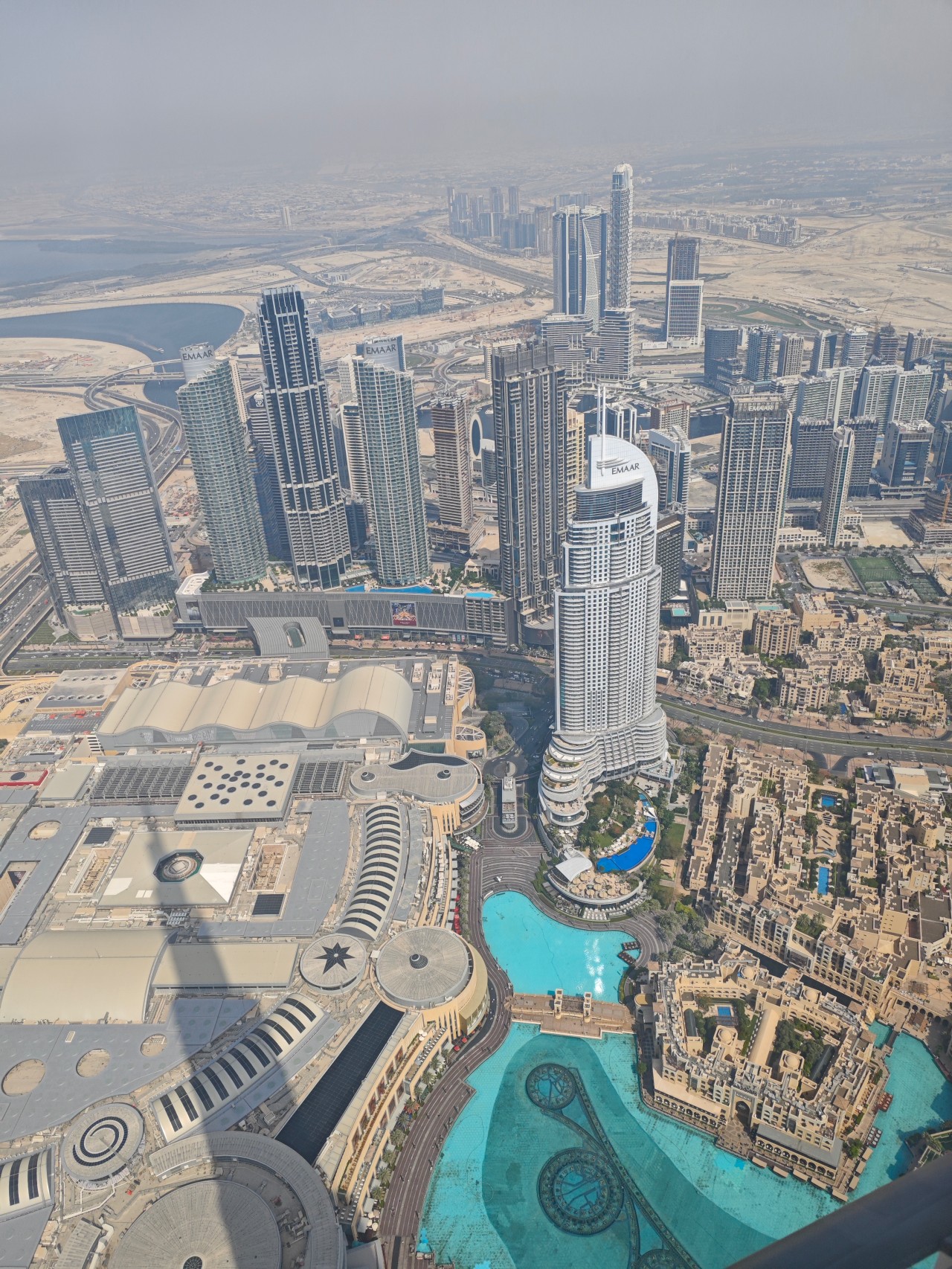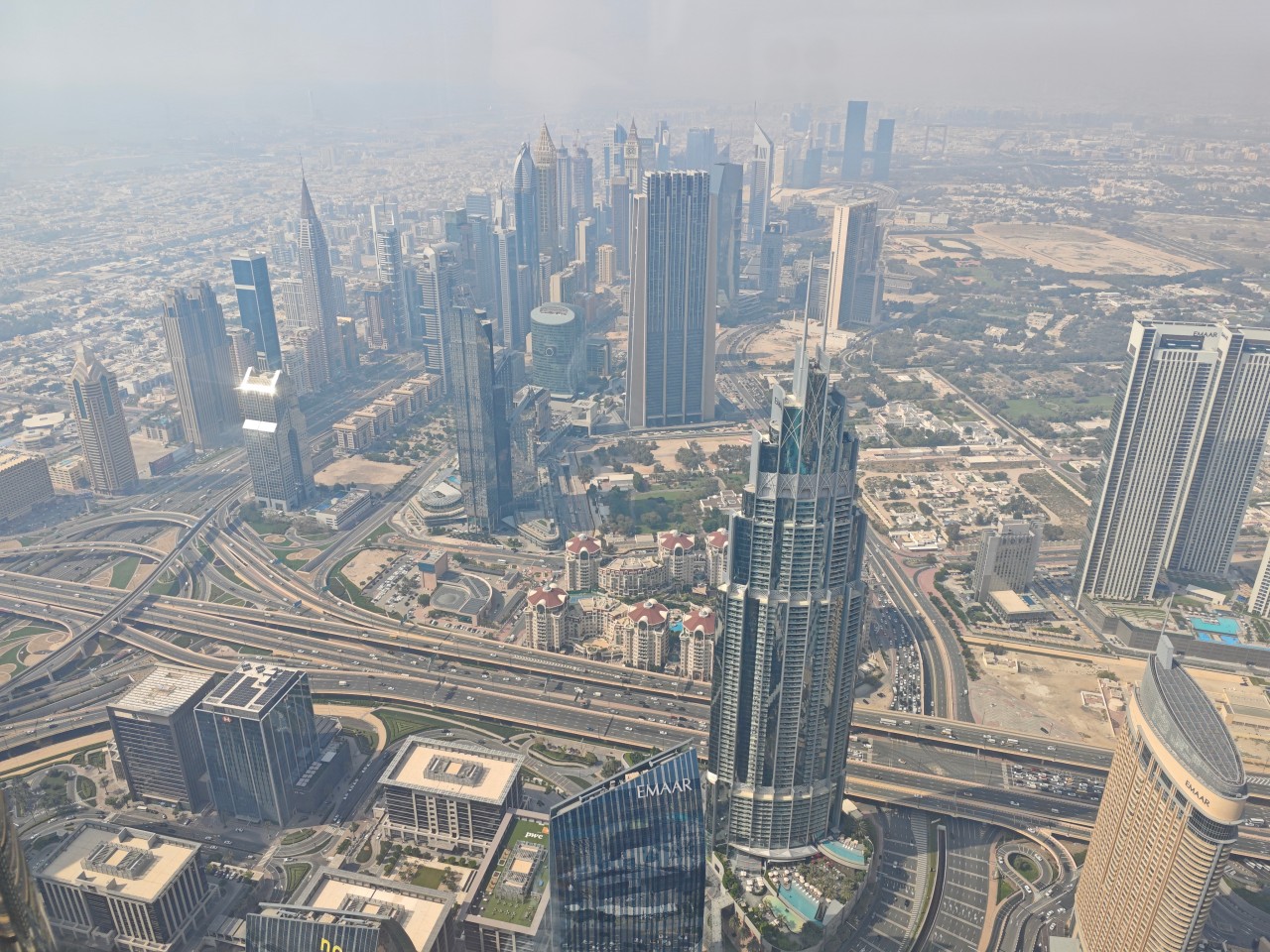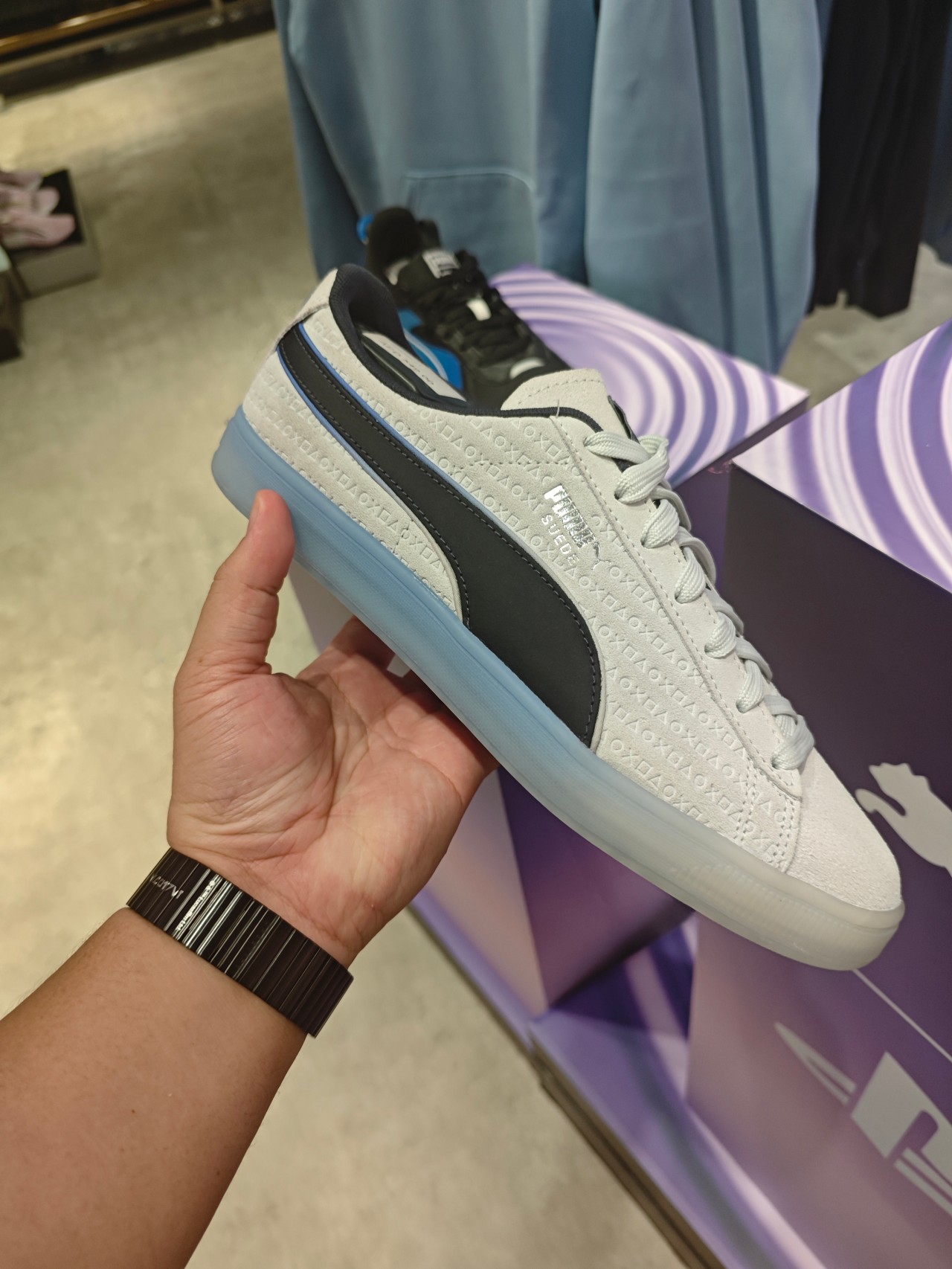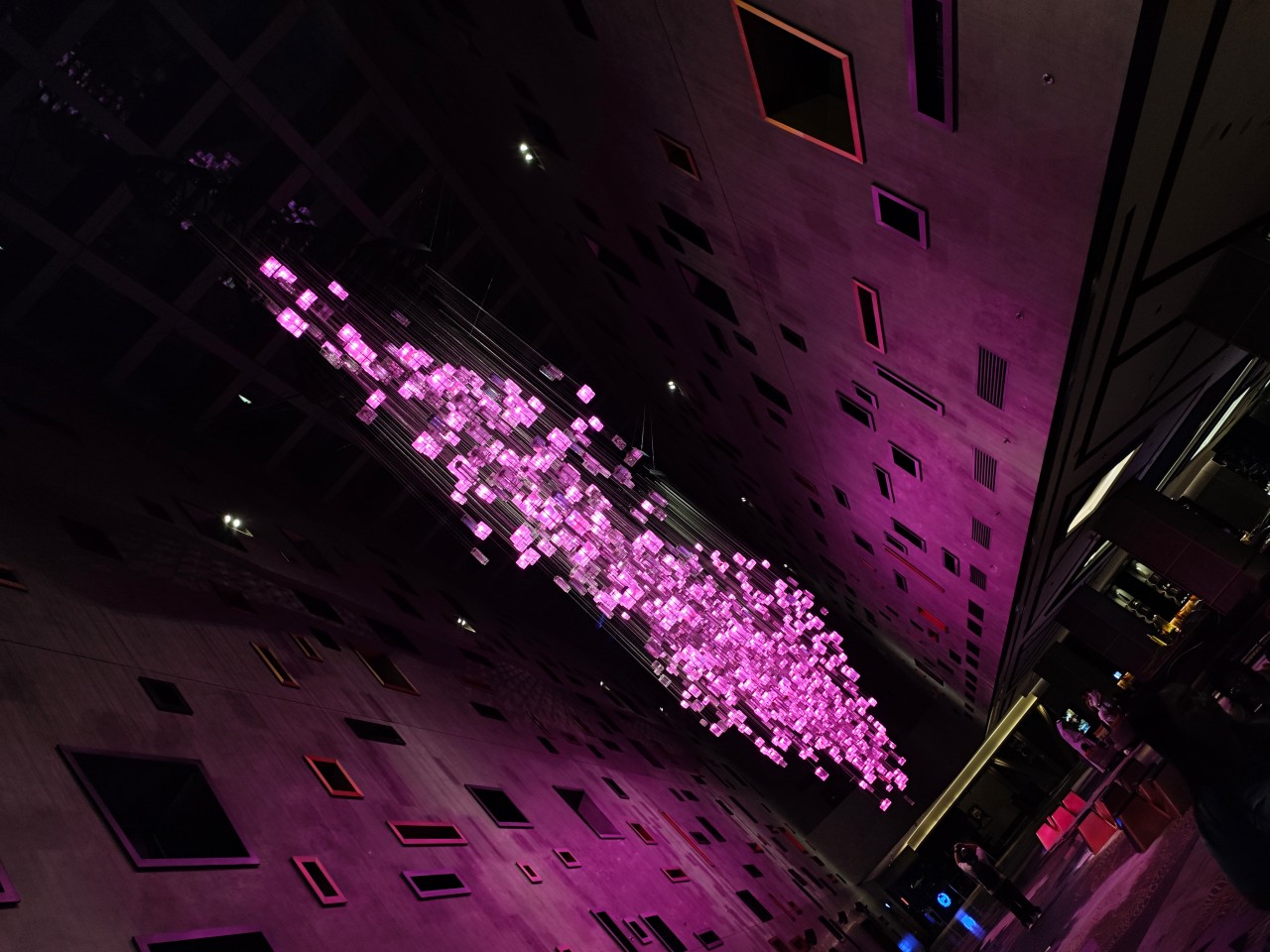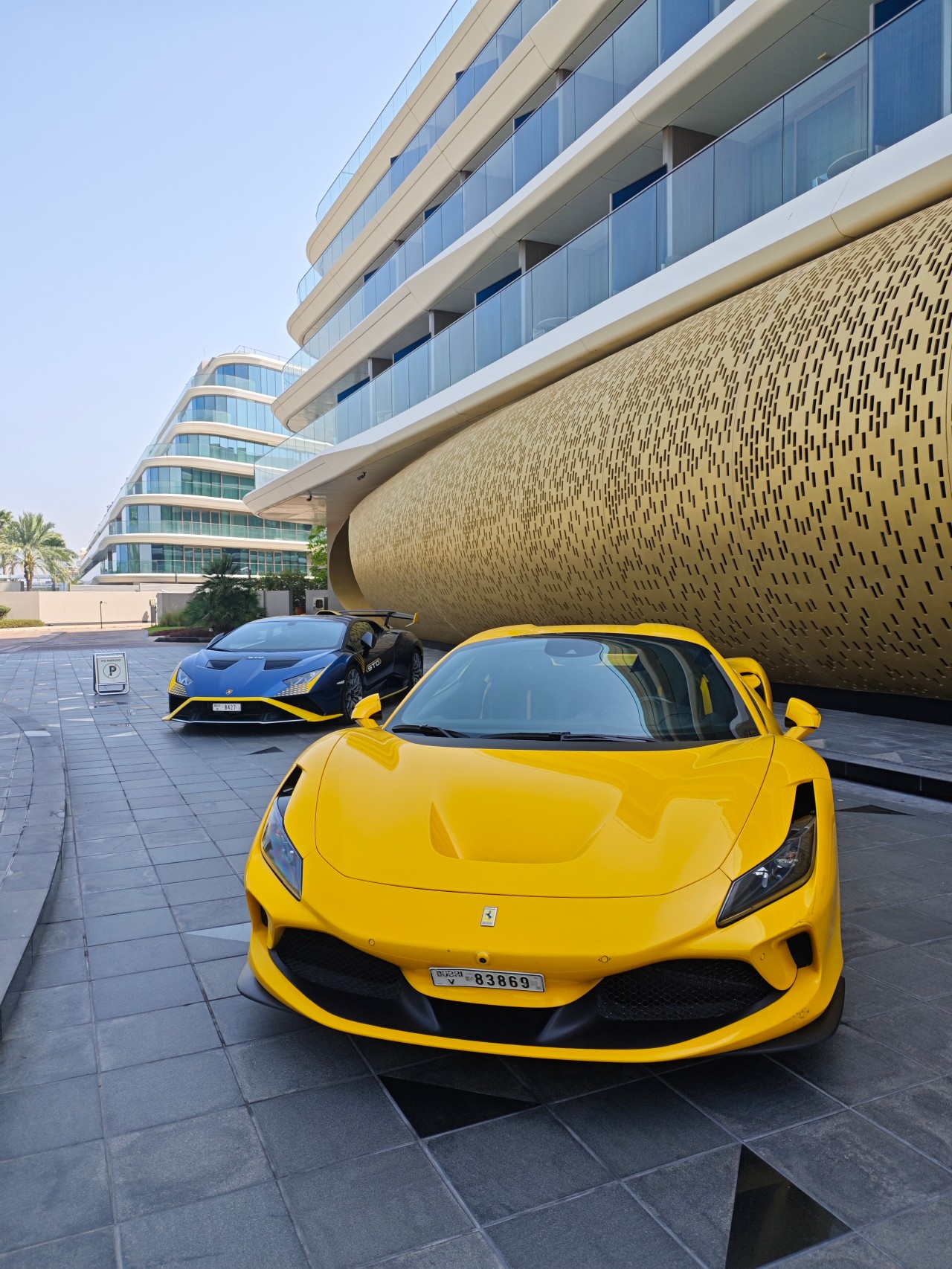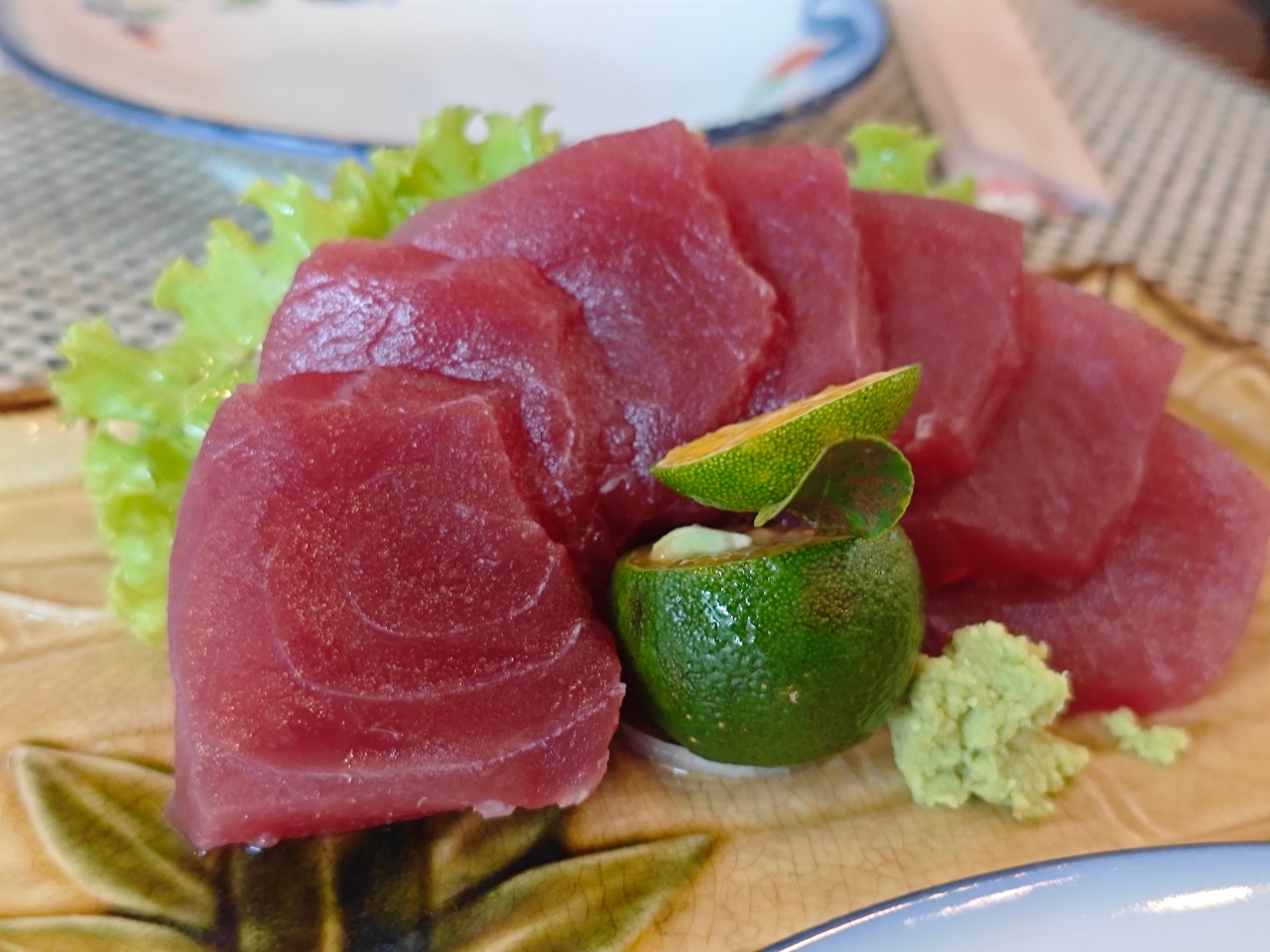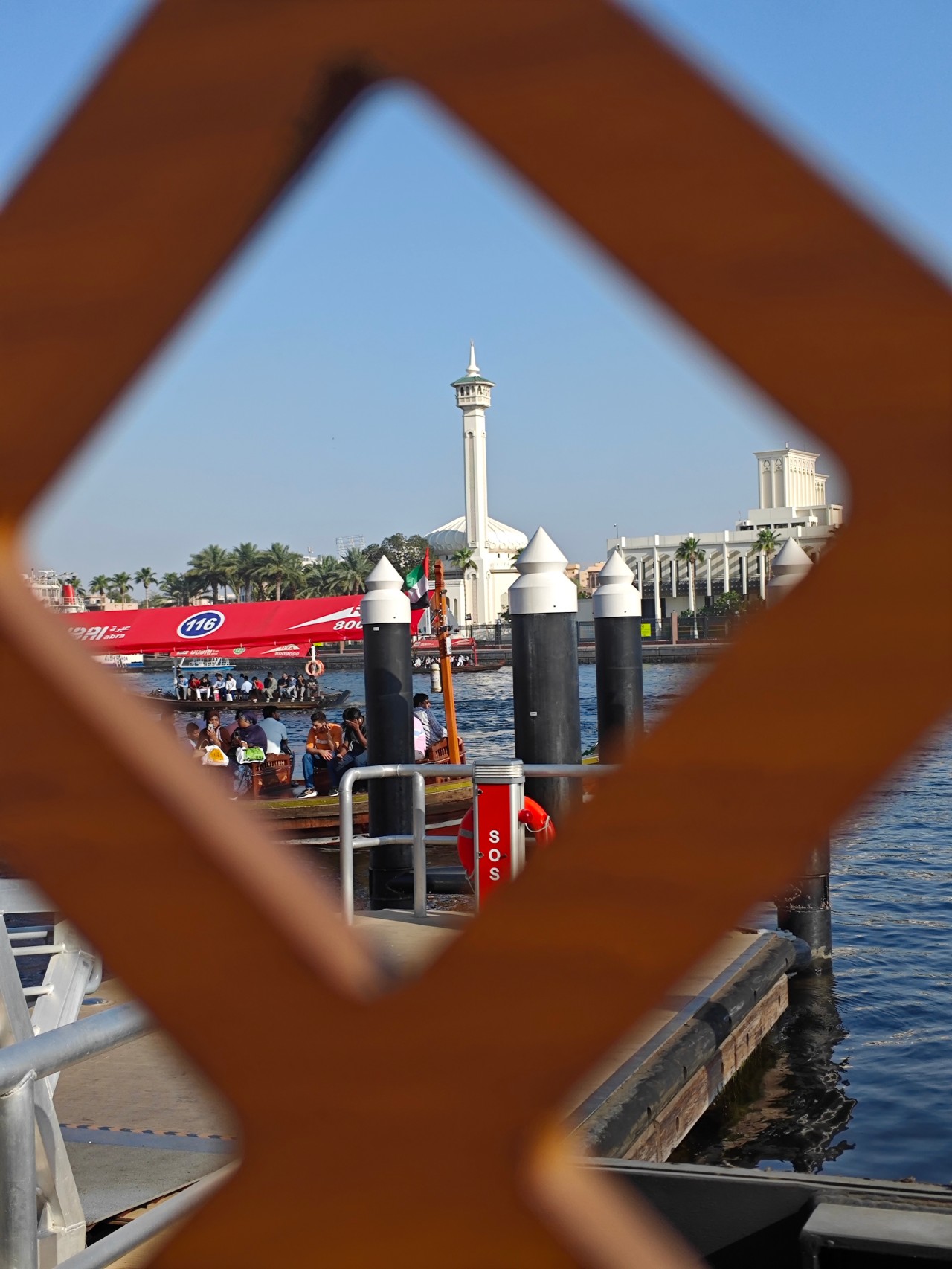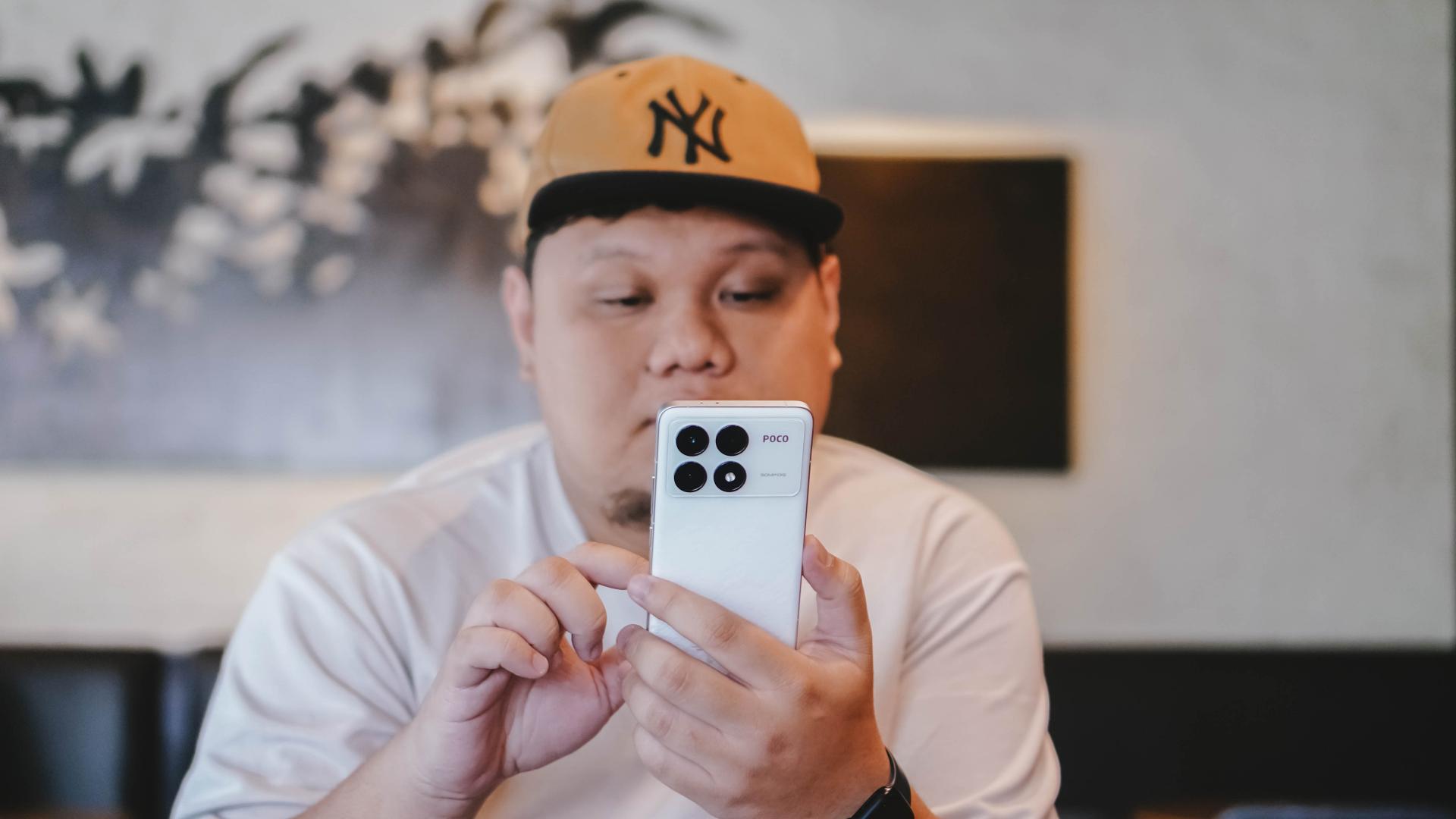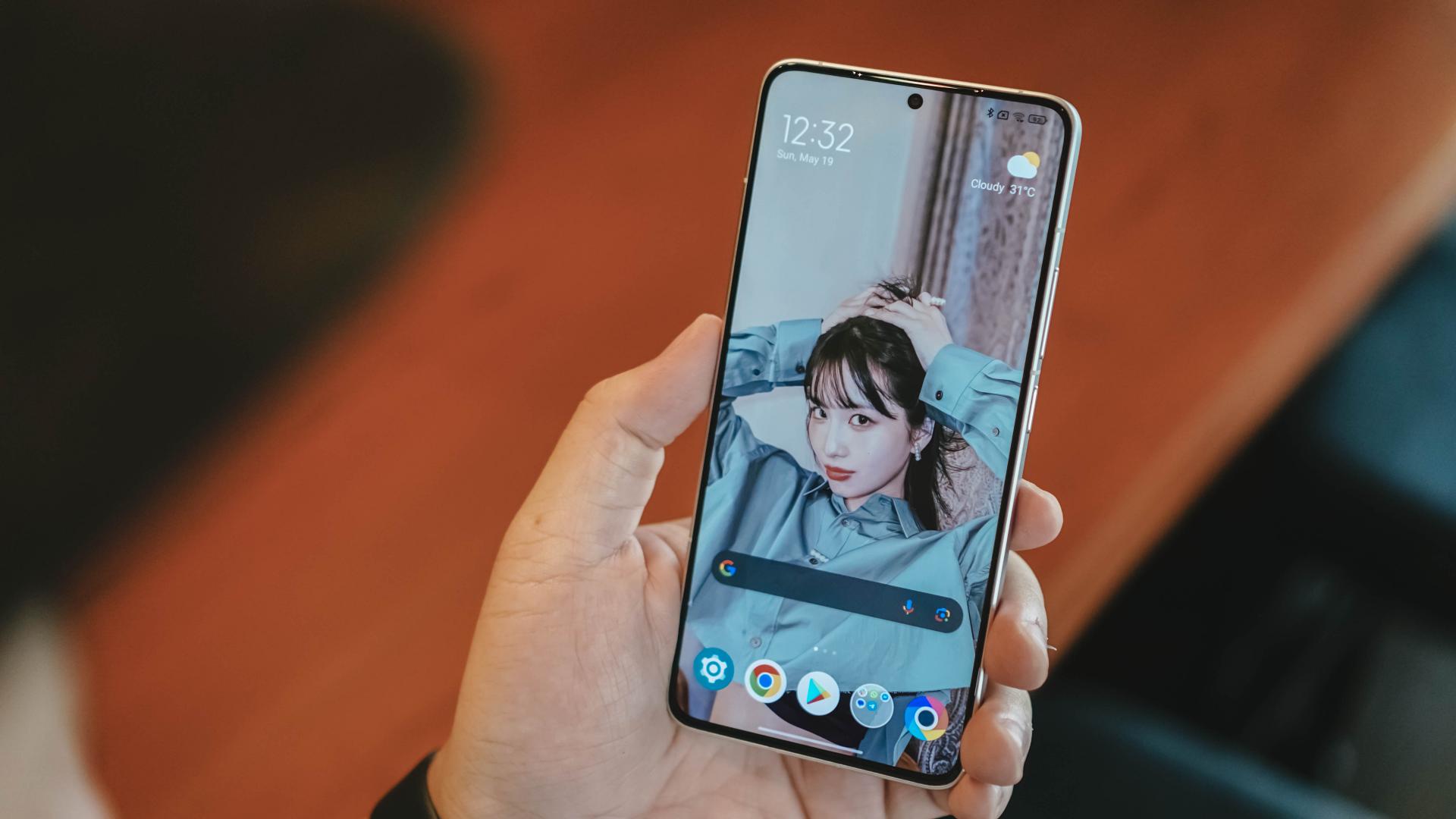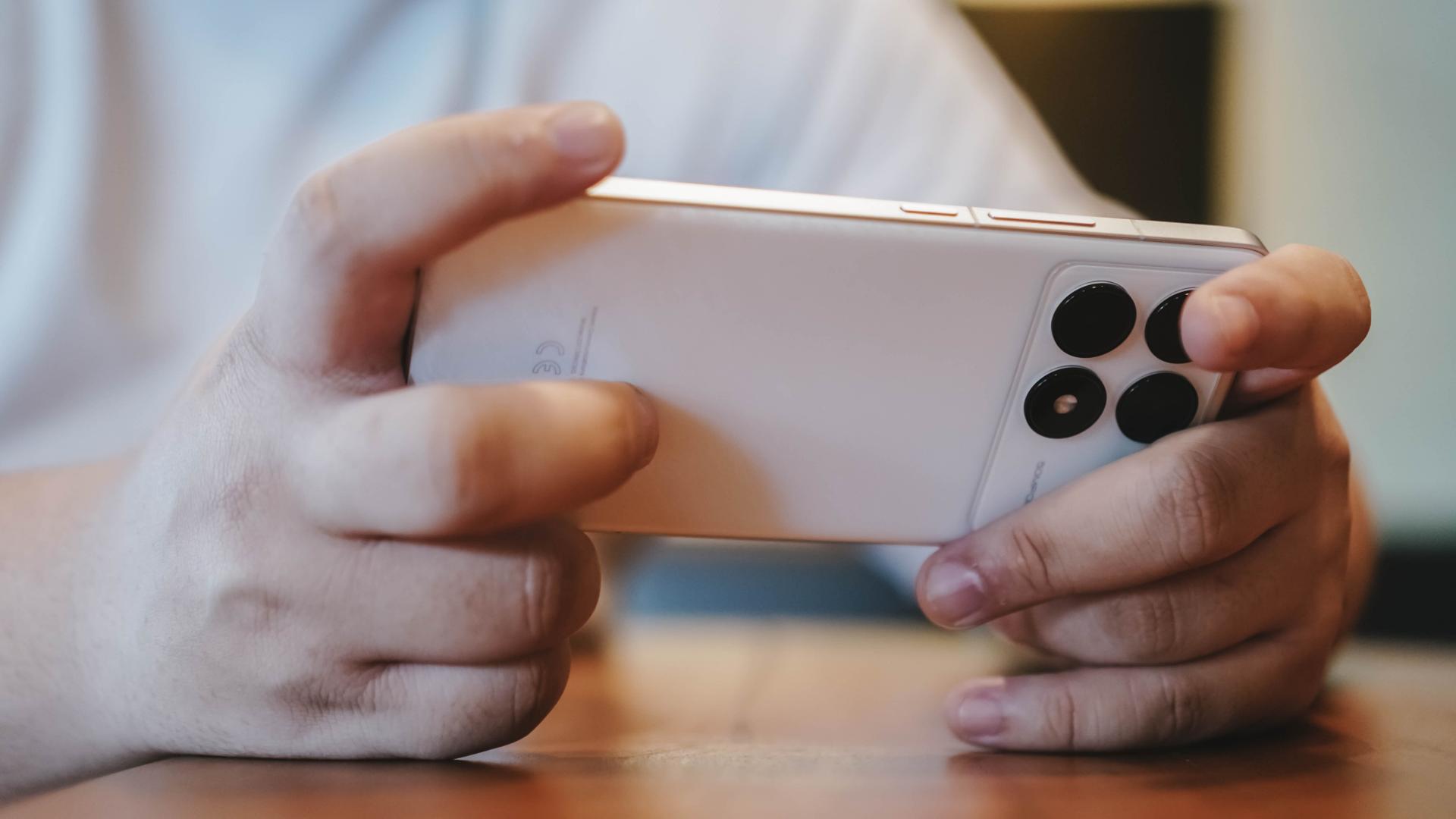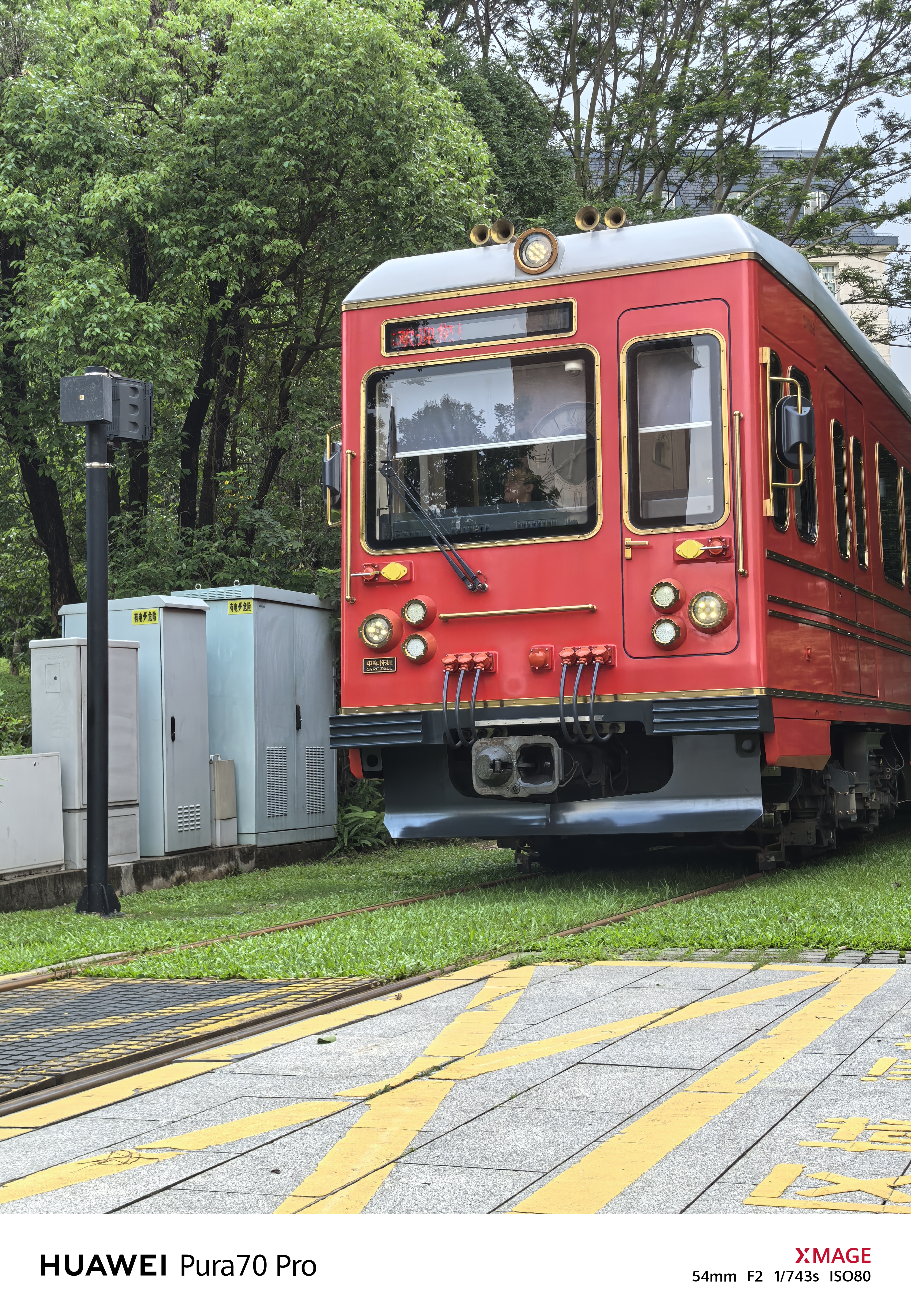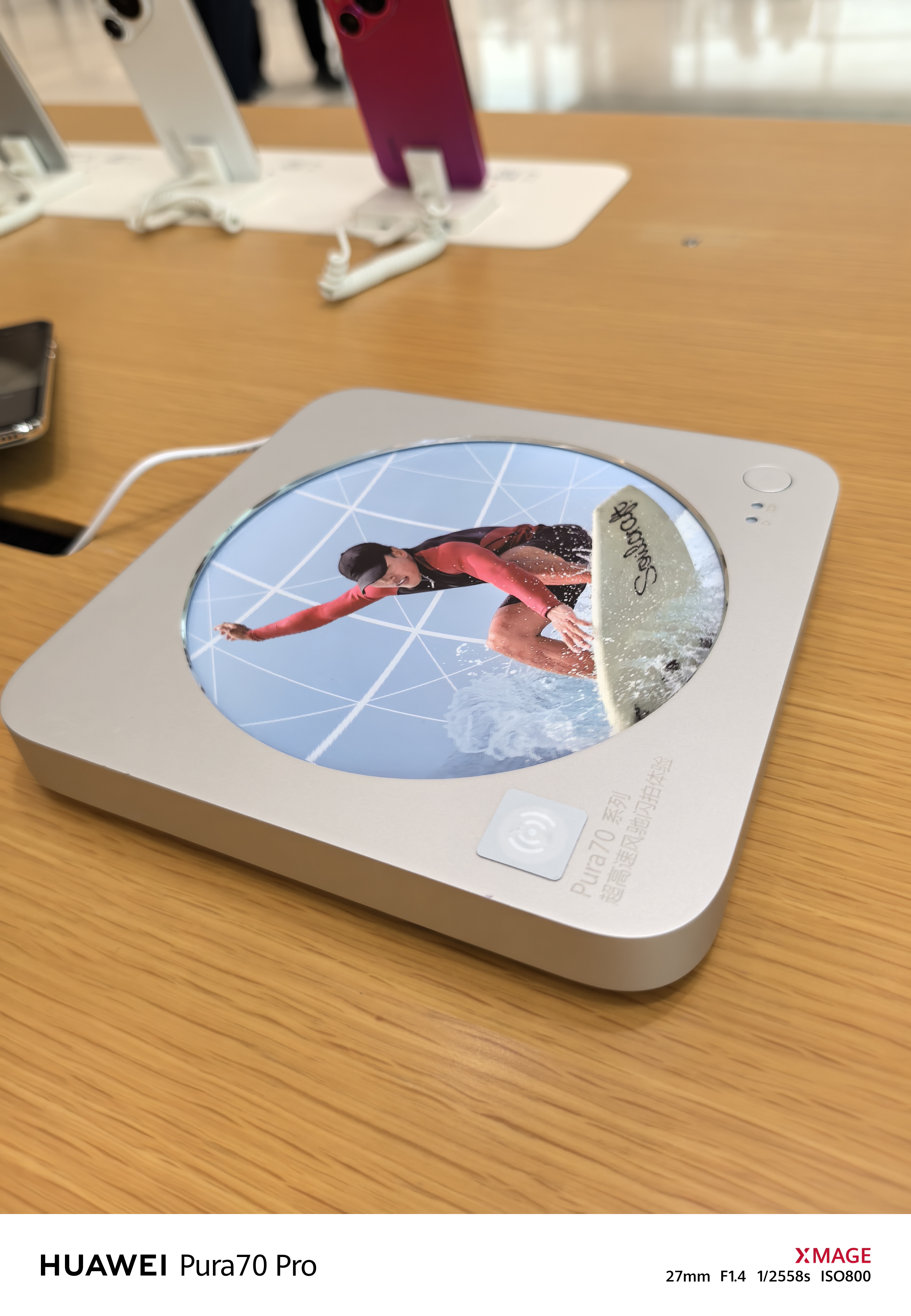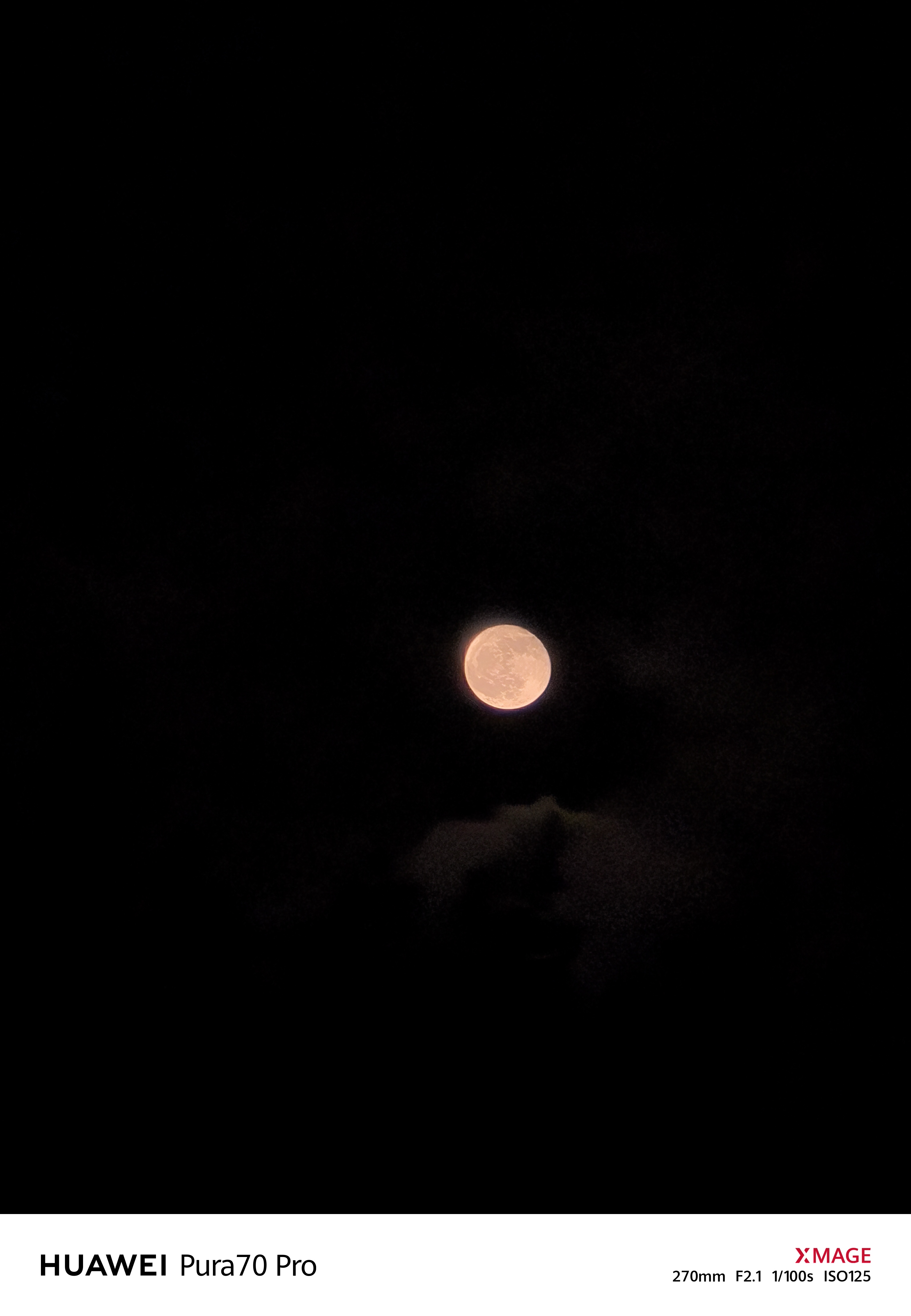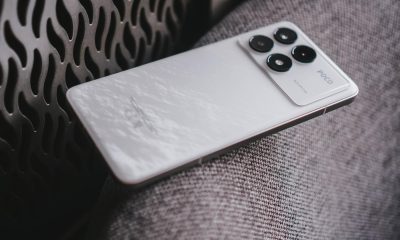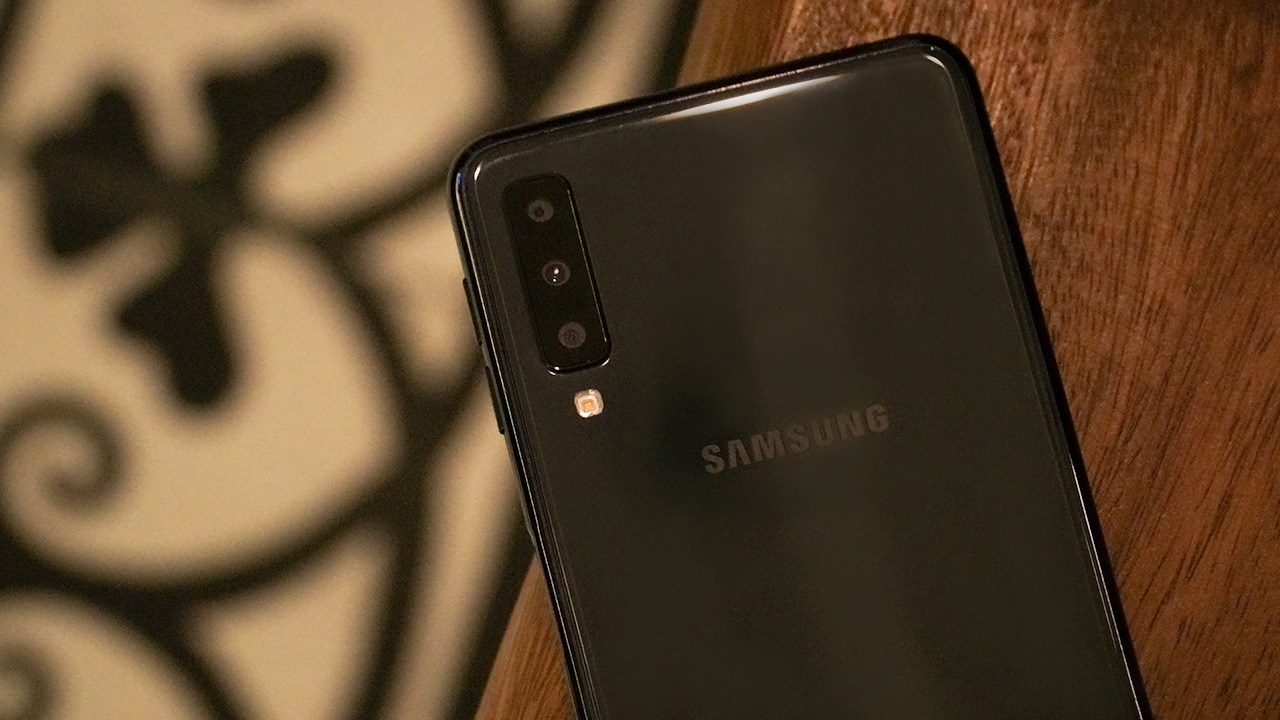

A few years ago, megapixels were all the rage when it came to smartphone photography. Producing larger photos somehow equated to better quality — and more aggressive marketing — from those little shooters on older phones.
Fortunately, that craze ended, but we’re now facing a new race to see who can stuff the most number of cameras on a single handset.
Even though dual-camera setups became the standard a couple of years ago, brands like Huawei and LG have been pushing for more. Naturally, competitors including Samsung saw the need to catch up, and even exceed in some cases.
The Galaxy A7 of 2018 is a direct answer to the trending need for at least three cameras on a phone’s rear. In this case, one camera is for regular shots, another is for wide-angle photos, and a third helps power the Live Focus function.
We already had time to experience this unique setup in India, but we now want to answer another question: Is there more to the Galaxy A7 than just its cameras?
The short answer is yes. Not only does the Galaxy A7 have Samsung’s signature AMOLED display and a mostly glass body, it does so at a reasonable price of INR 23,990 in India and PhP 17,990 in the Philippines — both of which convert to about US$ 330.
Samsung’s entry-level Galaxy J series often hovered around this price, so for a Galaxy A phone to hit this point with more premium features is a good deal. (It may also be a sign of Samsung gradually letting go of the Galaxy J lineup.)
Despite the relatively large bezels for a 2018 phone, the 6-inch 1080p AMOLED is both well-sized and a pleasure to look at. As usual, Samsung tends to oversaturate colors, but I appreciate the inclusion of Always On Display (AOD), which keeps the panel partially active to show me the time and my notifications throughout the day.
It’s tough on the battery, though, and I recommend turning this feature off when not needed. The 3300mAh battery capacity is lacking for a phone this size; with AOD on, I only get four hours of screen-on time in a single day. Leaving it off gives me an additional hour, but the phone still doesn’t get over a day’s worth of usage.
Using Samsung’s standard Adaptive Fast Charging adapter, it takes less than two hours to get to full from zero percent. That makes up for the mediocre battery life, although I wish the Galaxy A7 came with a USB-C port instead of the aging micro-USB.
What’s new, however, is the interface. Although it’s stuck on Android 8.0 Oreo, Samsung baked Experience 9.0 into the operating system, so it has the newest gestures and I found that jumping from one function to another is pleasantly smooth.
It helps that Samsung’s own Exynos 7885 chipset is handling all the heavy-duty tasks. While it isn’t the best for gaming — titles like Life is Strange and Asphalt 9: Legends don’t run that smoothly unless graphics settings are lowered — switching through apps while multitasking is seamless, and I can’t remember a time when hiccups bothered me.
I was surprised to find only 4GB of memory inside, but it turned out being enough for my usage case. There were only a few instances wherein I wished my background apps wouldn’t close so soon. What’s better is the integrated storage, which comes in at 64GB with additional room for a microSD card up to 512GB.
Other reasons to consider this phone? There’s a 3.5mm audio port if that matters to you, and the front-facing LED flash is pretty helpful when lighting is terrible during your selfie shoots.
Another thing that’s useful to me but may be annoying to others is the placement of the fingerprint scanner. It’s on the side-mounted power button, which I consider to be an optimized spot no matter how the phone is held or laid on a tablet. Left-handed people might not feel the same way.
Finally, despite the glass body, the phone seems to be a little flimsy. It’s not something I’m confident putting inside my back pocket. Get a case as soon as you buy one, or simply don’t drop or bend it.
Is this your GadgetMatch?
It’s easy to recommend the Galaxy A7 for what it is, but there are so many great phones in the sub-US$ 400 segment that it’s difficult to ignore them. Offerings from Honor, Xiaomi, and even Pocophone make the final purchasing decision a tough one.
The Galaxy A7 is primarily for long-time Samsung users looking for something different. Its triple-camera setup is certainly unique in this part of the smartphone market, and the side-mounted fingerprint scanner is a refreshing sight.
At the same time, a lot of Samsung’s familiar features are here, including the AMOLED display and the lack of a notch. It’s certainly the most non-Samsung, Samsung phone you can buy today — until you see the more outrageous Galaxy A9, that is.

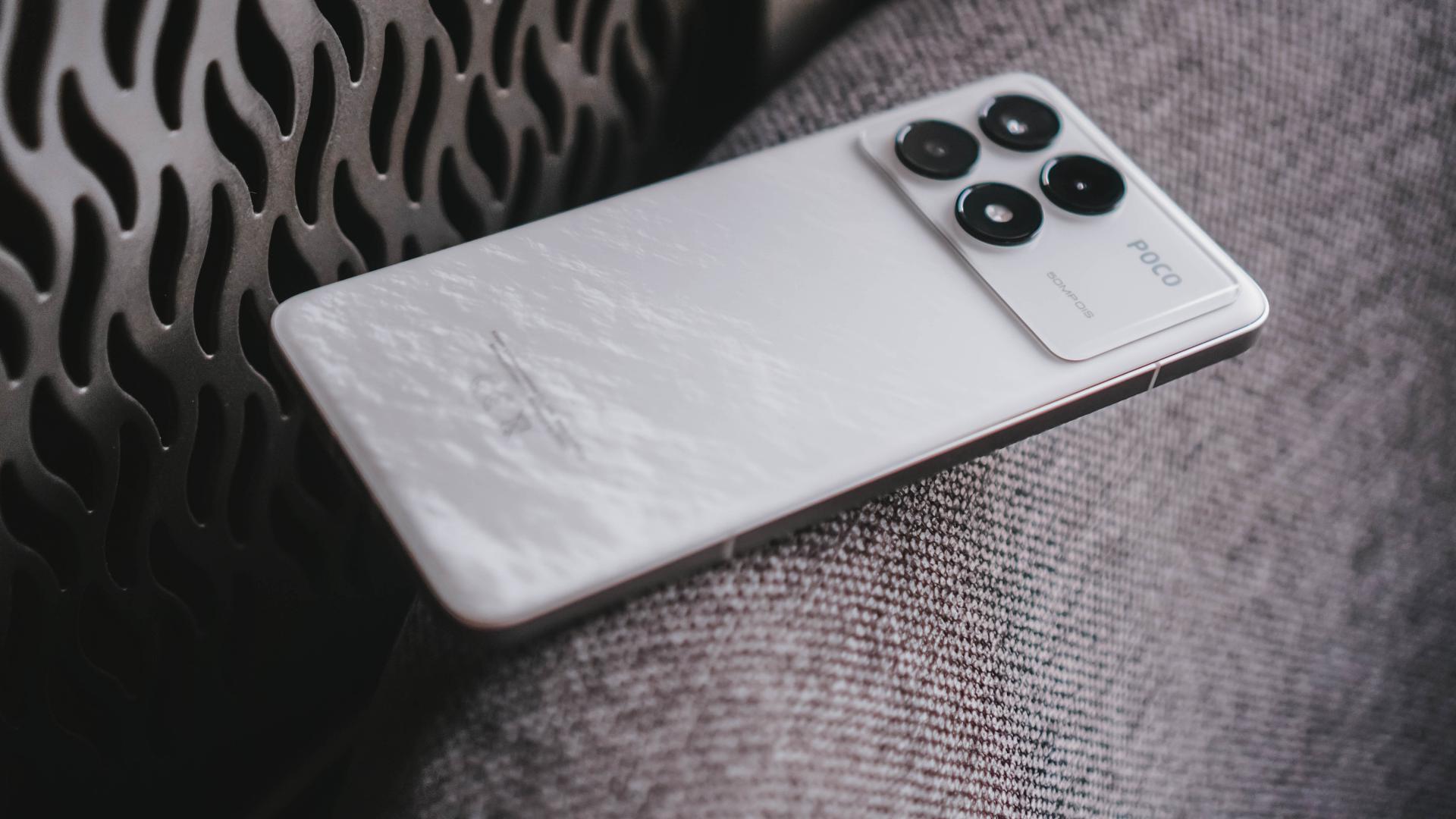
I still remember the Southeast Asian launch of the POCO F1/Pocophone F1. Among other things, I distinctly remember then POCO Global Head Alvin Tse saying they “don’t need cameras that pop-up”. That was a thing in 2018-2019. Time has proven him ultimately right. What POCO focused on is performance and that is alive and well in their latest offering – the POCO F6 Pro.
Specs never tell the whole story of a gadget. But to understand what you’re dealing with, this is what the POCO F6 Pro is packing:
- Processor: Snapdragon 8 Gen 2 Mobile Platform with Qualcomm AI Engine
- RAM + Internal Storage: 12+256GB, 12+512GB, 16GB+1TB
- Display: 6.67” WQHD+ 120Hz Flow AMOLED, Up to 120Hz, instant touch sampling rate 2160Hz, 4000 nits peak brightness
- Cameras: 50MP main camera with OIS, f/1.6 | 8MP ultra-wide camera. f/2.2 | 2MP macro camera. f/2.4 | 16MP front
- Battery and Charging: 5,000mAh, 120W Hypercharge
The chip powering this device is the same one you can find on some celebrated flagship smartphones from late 2023 to early 2024. That’s what this particular POCO phone is built around – performance. And that’s bolstered even further by up to 16GB of RAM and 1TB of internal storage which happens to be the configuration of our review device. Everything else: gravy.
Unboxing
All the usuals are there: Phone, some documentation, SIM Card ejection tool, USB-C Cable, 120W power adapter, and a silicone protective case that I have a minor gripe with.
I think smartphone brands can do better than plain silicone or clear jelly cases. They take so much time hyping up the back design of each handset only to include cases that take away from all of that. The plain gray silicone case included here is particularly egregious seeing as it completely covers the understated but pleasant look of the POCO F6 Pro. I have more to say but perhaps I’ll save that for another article.
Prime Performance
Let’s dive into the thick of things. How smooth of an operator is the POCO F6 Pro? Incredibly. So smooth it almost feels criminal. The chip and Xiaomi HyperOS combo deliver a satisfying swiping and tapping experience in every way you navigate the phone.
Naturally, it does well in your day-to-day dealings on social, chat, and work apps. There’s no lag, slow down, whatsoever. Par for the course for a Snapdragon 8 Gen 2 device.
To push it quite a bit, we played a handful of games. And while each one plays a little differently from each other, the general experience is mostly the same. Everything ran as smooth as a baby’s butt cheeks.
I come and go and Call of Duty: Mobile so my skills are nowhere near that 3-week stretch some years ago when I was obsessed with the game. That said, my frowned-upon camp-out playstyle still yielded me a couple of MVP victories, albeit on low stakes death matches.
It’s in these types of games that the touch sampling rate plays a huge part. First person shooters require quick movements and reflexes. In my playthrough, never did I feel that I was fighting against the controls just to hit my targets.
The graphics settings were also automatically set to Very High right of the bat. This is true not only for Call of Duty Mobile but also for the rest of the titles that we played.
One game I was pretty excited to play was Solo Leveling Arise. It’s based on a popular Manwha title that just recently also got an animé adaptation. This is probably the game I spent the most time playing on the POCO F6 Pro. I noticed the phone got warm at the start but it never did again in my succeeding playthroughs.
Where it did constantly get warm was when I fired up Genshin Impact. But that’s a normal response by any phone to that game. We also played a bit of Honkai Star Rail and Asphalt 9 just to round out the variety of games.
Again, all these games played incredibly smoothly at high to very high graphics settings. Battery drain varied but if you’re using the WQHD screen in all its glory, expect to get around an hour and a half of gaming (which is plenty for mobile) before you start reaching out for that 120W power adapter.
The 16GB RAM and 1TB Internal Storage combination was also a huge boon. Just all the games I mentioned installed with all assets downloaded already account for a hair over 100GB of storage space. If the phone we were using was the one with 256GB, we may have potentially experienced some slow down. But we’re privileged to not have experienced it.
POCO Snaps
The cameras on the POCO F6 Pro isn’t much to write home about. They are serviceable. You don’t need get a lot of quality and flexibility when zooming in as you start to lose detail beyond 2x. But the main shooter and ultra wide angle lens are more than good enough for snaps you post on social platforms.
I particularly enjoyed how it shot dimly lit scenes. It was never overexposed and the dark areas are well balanced with those that are well lit.
We shot plenty in the two days spent in Dubai prior to the device’s global launch. Here’s a photo dump for your enjoyment and scrutiny. Apologies in advance for all my clownery in some of the photos.
Day 1 in Dubai
The View Palm
Museum of the Future
Burj Khalifa and Dubai Mall
Other shots
Bight-sized POCO thoughts
If you’re coming from bulkier, heftier phones which tend to be the case in flagship smartphones north of US$ 1000, then the POCO F6 Pro could feel like a welcome change.
Its body profile has more in common with midrangers: thin, light, and relatively easy to use on one hand only even for extended doom scrolling periods.
Its back is smooth and a little slippery. As a klutz, I have already dropped the phone more times than I care to admit in under a week.
It curiously has a lower IP rating (54) than the non Pro variant (64).
The AI extend feature on images is present on the default Gallery up but the option doesn’t seem to be available on every photo.
If you edit on CapCut, the phone also had no trouble running it. Snapdragon 8 Gen 2 is a beast of a chip.
In the two days we were out and about using the phone heavily both for photo-capturing as well as switching between work, chat, and social apps, we hit 50% battery drain in the middle of the day.
With heavy use it drains a fair amount, but it also charges pretty darn quickly. Best paired with high power output power banks when you’re out all day.
Is the POCO F6 Pro your GadgetMatch?
In the Philippines, the 16GB+1TB POCO F6 Pro retails for PhP 32,999 (roughly a hair under US$ 600). There are early bird offerings which we’ll detail later. The feature set is fair for the asking price. Can’t say it’s the absolutely incredible price-to-performance ratio that the POCO F6 Pro has been known for, but you also won’t feel short changed if you decide to grab one for yourself.
It really depends on what you prioritize on your smartphone. If you’re after a camera performance that touches flagship air, look elsewhere. That’s not exactly what this phone is made for.
I daresay this is the perfect match for those who want to game a lot but do not want the “look” that gaming phones tend to come with. It’s an all-rounder that skews towards premium performance.
The POCO F6 Pro hangs its hat on its overall performance. It’s the POCO F line staying true to what it has always offered – a powerhouse smartphone that runs any and every app well without compromises. Whether that’s for socials, work, or mobile gaming, you won’t find yourself wanting for power with the POCO F6 Pro.

A few years ago, I was a staunch advocate of the Huawei P20 Pro. The camera-focused flagship convinced me to shelve my Nikon DSLR for something more compact. Now, years later, Huawei is back with a new revolution for smartphone photography. If you’re a fan of impressive cameras on a smartphone, it’s time to take a look at the Huawei Pura 70 Pro.
A new forward design
First of all, it’s pronounced /pyu-ra/. To celebrate 12 years of the lineup, Huawei is ditching the “P” scheme and rebranding it to the Pura series. It’s more than just a name change, too.
The first thing you might notice is the unique rear camera design. Rather than a circular island in the middle or a traditional top-left setup, the Pura 70 Pro houses a triangular island with a hidden-Mickey-like layout for the three cameras.
It’s definitely a unique design. I’ve had a few friends come up to me and ask what phone I was reviewing. And, on a more personal note, I love how the island is positioned perfectly to rest on my index finger while I’m holding it. If you’re as concerned about a ghastly pinky dent as I am, the Pura 70 Pro’s design is unintentionally a savior.
Besides the island, the flagship revels in its simplicity: a curved screen flowing down to glossy metal sides before culminating in a simple (but elegant) matte back. It’s a design that stands out but stays easy on the eyes. It’s just a shame that the purple variant isn’t available everywhere.
As always, a camera powerhouse
Since it’s right there, the phone’s cameras are a great place to start looking at what it can do. The Pura 70 Pro comes with a 50-megapixel main shooter, a 12.5-megapixel ultrawide lens, and a 48-megapixel telephoto lens. The latter can zoom by up to 3.5x optically and 100x digitally.
On their own, the cameras are already impressive. They can hold their own in adequate lighting conditions. The software emphasizes the correct color profiles depending on the situation. Plus, the zooming can just blow you away. Among the long telephoto lens I’ve reviewed, the Pura 70 Pro is up there. I can zoom in on faraway buildings, and the software just magically makes them crystal clear.
Speaking of the software, the real magic stems from the system’s AI. You can see this in real time, too. When you view a newly shot photo, the AI takes two seconds before applying corrections. You can actually see a before-and-after comparison. It’s, quite simply, magic. Colors start becoming more vibrant, and blurry subjects suddenly come into focus.
Of course, there are some situations where the AI adjustments are egregious. For example (and this is expected), photos of the moon look impossibly clear. Sometimes, the background blurs are just too much. This is coming from a meticulous eye, though. If you don’t really mind the nitty-gritty, it’s an amazing camera. Good thing I don’t have another DSLR to shelve.
If you want to see more of the hardware and software working together, try out the phone’s other modes. Ultra Speed Snapshot mode, for example, can supposedly take subjects going as fast as 300kph. Portrait mode optimizes the aperture and makes subjects sparkle. Finally, the Super Macro mode makes tiny subjects look like giants. I’ve tried all the modes, and the Pura 70 Pro just works in all three.
Kunlun expanded
After spending some time with the rear glass, it’s time to look at the glass in front. The Pura 70 Pro features the second generation of Kunlun glass. The company promises better drop and scratch resistance, compared to last year’s iteration.
Though Huawei is reserving the scratch test for the Ultra, I found that the Pro can handle tough situations, too. For example, I kept the phone in my pocket inadvertently for a whole day with a set of keys right up its screen. Instead of looking like a cat owner’s arm, the Huawei Pura 70 Pro still had a pristine screen free of any scratches.
As a display, the screen was also pleasantly bright. It puts out images at 120Hz refresh rate and 2500 nits of brightness. Even under a noonday sun, I had no issue with glare or an inability to read the screen. Watching videos on the screen was also pleasant.
Google is there… technically
Now, let’s answer your burning question: Does the Pura 70 Pro have Google? Technically, yes.
Huawei’s AppGallery does, in fact, have Google apps inside. According to Huawei, it has millions of apps. However, the online storefront doesn’t exactly carry all of them. Rather, it has a set of third-party sources you can grab the APKs from.
For example, if you want to install Instagram, the AppGallery redirects you to a website where you can download the latest APK version of the app. If it helps, the platform also scans the website for potential security threats. It’s definitely an irregular way to grab the latest software. I did install a few apps this way, but I don’t see myself growing comfortable with the method.
This doesn’t even begin to touch the thorny issue of Google apps. Yes, you can get Google’s app through this way. However, some of them constantly have warnings that the software isn’t compatible with the software. They work, though. A few still don’t. For example, the Play Store I tried downloading is too outdated to run.
Despite the difficulty, the AppGallery does have some Google apps. But it’s not what you might expect. They’re just Quick Apps, Huawei’s version of Instant Apps. Instead of launching a dedicated app, it launches a browser version of the service. Gmail, for example, works this way.
I’m sure that, with enough patience, anyone can make the phone work with a healthy dose of Google apps. If I were to make this my daily driver, I’d definitely put in the extra effort to make sure it runs smoothly with the right apps. However, the difficulty is definitely something to consider if you’re looking to upgrade.
Flagship-worthy performance
Don’t let the difficulty worry you that much about the performance. The Pura 70 Pro still handled everything I threw at it. I barely saw framerate dips when trying out Honkai Impact and Devil May Cry: Peak of Combat. Likewise, watching videos didn’t really detract from what the phone can do.
One slight hiccup, though, is its heat when operating the camera for extended periods of time. On one photowalk under the sun, the camera got too hot that I got warnings that the camera might stop working properly.
Despite the hit on comfort, the phone never really stopped working for me. I even tried recording a video for 12 minutes straight. It still worked fine afterwards.
A.Eye.
I’m not a huge fan of packing a phone with so much AI, but the Pura 70 Pro does make a compelling case. The phone’s eye-tracking features are impressive.
For example, it has interactive wallpapers that can follow your eyes. One wallpaper features a tennis match between two characters. The ball moves between the two when your eyes look at the ball. It’s mesmerizing. You’ll easily find yourself just staring for minutes.
There are more useful features, too. AI Privacy View, for example, keeps your notifications safe from another person’s eyes if it detects that you’re not holding the phone. Air scroll can identify your hand from afar. If your phone is propped up against the wall, you can use hand gestures to scroll up and down.
Strong battery, even stronger charging
The Pura 70 Pro comes with a large 5050mAh battery. Even under heavy use, the battery can last an entire day. There were only a few scenarios when I found myself lacking, such as when I shot a video for 12 minutes. All in all, it’s a capable battery attached to this powerhouse of a phone.
Still, if you find 5050mAh lacking, the package comes with a 100W SuperCharge adapter. Coming from completely empty, the charger delivered over 20 percent battery in just 5 minutes. On its own, it bumped up to full in less than 30 minutes.
If that’s not enough of a clincher, the phone also supports 20W reverse wireless charging. If your other devices run out of juice, Huawei can keep you going for a little while longer.
Is this your GadgetMatch?
Years ago, Huawei made a huge impression on the smartphone world with the P20 Pro. Since then, the company weathered restrictions from the United States. They are still bouncing back as I write this.
Though the Pura 70 Pro still has tinges of the ongoing restrictions, Huawei is returning to the same places that made it popular for smartphone photography enthusiasts in the first place. If you’re hunting for your next camera-heavy phone, the Pura 70 Pro is a worthy choice.
The Pura 70 Pro retails for PhP 59,999. Not a bad deal.

Infinix wasn’t playing around when it released the NOTE 40 series. We got not just one, two, nor three, but four models under this new lineup, as Infinix continued to offer affordable gaming smartphones to its audience. It also featured the revitalized AllCharge FastCharge 2.0.
Together with my nephew, a MiHoYo video game lifer, we chronicled a week-long experience of how the Infinix Note 40 Pro withstood — and passed with flying colors — an extensive gaming test.
But first, specs:
- MediaTek Helio G99 Ultimate chipset
- XOS 14 based on Android 14
- 12GB+12GB RAM
- 256GB internal storage
- 6.78-inch 3D curved AMOLED display
- 120Hz refresh rate, 1,300 nits peak brightness
- 108MP f/1.8 main camera, 2x 2MP cameras, 32MP selfie camera
- 5,000mAh battery
- 70W All-Round FastCharge 2.0
- 20W Wireless Magnetic Charging
Built to endure
My nephew downloaded three of MiHoYo’s popular titles: Honkai: Star Rail, Honkai: 3rd Impact, and Genshin Impact. What better time to play the last title too, looking back, as version 4.6 went live over the weekend. From the get-go, the NOTE 40 Pro delivered flamboyantly.
My nephew played Genshin Impact first, all while having the other titles download in the background. That’s how capable the gaming phone is.
The dedicated gaming mode allows you to tinker with several settings, like block notifications to focus on your gaming. You can also switch between balanced or performance mode, which will allow the phone to have the CPU and GPU work hand-in-hand and distribute the workload in a balanced manner.
Technically the variant above the base model, the NOTE 40 Pro handled Genshin Impact‘s medium graphic settings well, and didn’t flinch even when it got to busy clashes. It showcased the characters’ attack effects smoothly, move after move.
The following day, my nephew decided to open Honkai: 3rd Impact. While he was able to play without too much disturbances, he noted how the phone had a difficult time when the title is put to high graphics. But that was understandable.
This game is just that demanding. The same problems can be experienced even when using PCs. There were just a few instances where the phone experienced frame drop while in-game, but good thing there’s XBOOST Frame Rate Control to mitigate it.
Finally, he switched from one game to another in the following days. And he also luckily got Arlecchino in Genshin Impact once the update went live.
With the open-world RPG, the gaming experience was still generally smooth even after an hour of gameplay, making the NOTE 40 Pro ideal for long grinds. My nephew noted how encouraging the experience is as a sign for the Helio G99 Ultimate processor under the phone’s hood. It definitely enabled the NOTE 40 Pro to exceed expectations.
Aside from its reliability and toughness for gaming, here are other things we loved about the Infinix NOTE 40 Pro:
70W All-Round FastCharge 2.0
Aiding the NOTE 40 Pro is Infinix’s much improved charging technologies. Users may choose between three charging modes when the device is already plugged in: Low-Temp, Smart, and Hyper. Hyper mode charges the phone in the lowest time possible.
We didn’t have to charge it every day. In our experience, it look under an hour to charge from 15% to full, and about 30 minutes from 50% to 100% on average.
It gets hot when under Hyper mode, but not too concerning. Fortunately, the phone disconnects automatically when it reaches 100%. That’s even if it’s still plugged in. I noticed this firsthand, where the phone stopped absorbing power and wasn’t hot anymore.
Only the adapter was still absorbing power. That’s a nice feature to have just in case you forget to unplug it right away or should you get distracted. By default, and just to save on your electric bill, make sure you remove the charger from the outlet once you’re done using it.
Nevertheless, if you want to buy more time or want to feel “safer,” the other two modes are there. I hardly used the 20W magnetic charging plate. But just to test it once, the phone took more than 90 minutes to charge to half full. When in-game, bypass charging gives the phone extra juice but it won’t charge the battery itself, so you’re safe from overheating.
Upper midrange feel
Elsewhere, the phone has a neat OS that looks and feels fine. I like how Infinix didn’t load it with bloatware, giving it an upper midrange feel in spite of the very affordable price point. The handset’s appearance is likewise a level up. At the back, there is a ring light (called Active Halo) instead of a traditional flash.
This also illuminates for additional style points. My only gripe is that the phone’s backside is slippery. But the magnetic charging case actually doubles nicely to give it a leathery finish. When the phone is slotted into the case, it feels perfect to hold. Not too thick nor thin, and just comfortable.
In front, the NOTE 40 Pro also has a 3D Curved 120Hz AMOLED display to complement the gaming experience. Even when you’re not busy with various titles, any content you consume will have a clearer, more vivid look. As the phone’s sound is also supported by JBL, it comes out with better bass and more impactful sound that’s likewise best for gaming or streaming.
Camera package: Surprisingly good
This Infinix offering also boasts of a 108MP main camera. I was actually surprised at how pictures of food and landscapes came out with good color and quality.
Yes, it’s not as high-end as what you’ll get from flagships, but the results are still a level up from typical budget smartphones. Color temperature is on the warmer side, while colors lean toward more saturation.
Reds and oranges appear intense, which can be good for food and landscapes. At the very least, you’re assured of captures that aren’t dull.
I took most shots using the AI main camera, which does well in detecting the scenes. Unless I intended to use another mode, the default shooter sufficed. I am even more impressed by the portrait mode.
Transition between blurred and non-blurred parts is smooth, and the bokeh effect looked natural. It elevated some subjects more. Of course, you’ll get some results where it didn’t appropriately blur some parts.
Night mode is decent, too. You get brighter captures on scenes under low-light compared to what you saw with the naked eye. The results aren’t noisy, either.
Selfies are just alright, with some balance between detail and smoothness. Naturally, since this is a budget phone, it kind of gave up after an hour of shooting. There were instances where it didn’t capture images even if I repeatedly pressed the shutter.
But with what I’m getting for its camera package, it’s a great bonus.
Final thoughts: Guaranteed tough for gaming
Even if you’re not a gamer, you’ll absolutely appreciate what the Infinix NOTE 40 Pro can bring to the table. For PhP 9,999, you get an all-around phone that delivers reliable performance and allows you to elevate the overall usage experience. You get a capable camera, ample memory and storage, and generally smooth performance.
If you’re a gamer, this is an absolute steal. From its design that puts it right up there with flagship level devices, along with its tough performance even when we played the most RAM-demanding titles and set other games to higher graphic settings, Infinix made sure this device wasn’t just all for show.
With the Infinix NOTE 40 Pro, you’ll wield a budget phone that is not budget-level at all. Guaranteed.
The Infinix NOTE 40 Pro retails for an introductory price of PhP 9,999, exclusively on Shopee.
-

 News1 week ago
News1 week agoA kid learned Tagalog just by watching La Luna Sangre on her iPad
-

 Reviews1 week ago
Reviews1 week agoInfinix NOTE 40 Pro review: Built to endure
-
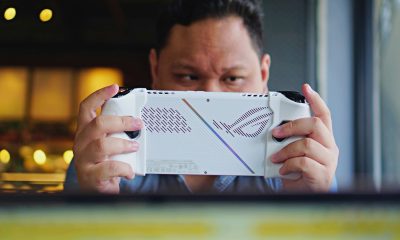
 Gaming2 weeks ago
Gaming2 weeks agoROG Ally X announced
-

 Gaming2 weeks ago
Gaming2 weeks agoGundam Breaker 4 coming to consoles, PC on August 29
-

 Gaming2 weeks ago
Gaming2 weeks agoPlay Destiny 2’s major DLCs for free until next month
-

 Gaming1 week ago
Gaming1 week agoPre-orders for Ghost of Tsushima on PC are getting cancelled
-
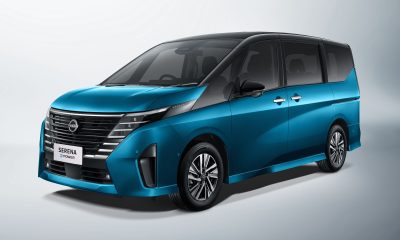
 Automotive2 weeks ago
Automotive2 weeks agoAll-new Nissan Serena e-POWER Singapore price, availability
-

 Gaming2 weeks ago
Gaming2 weeks agoFunko Pop! now has its own video game


